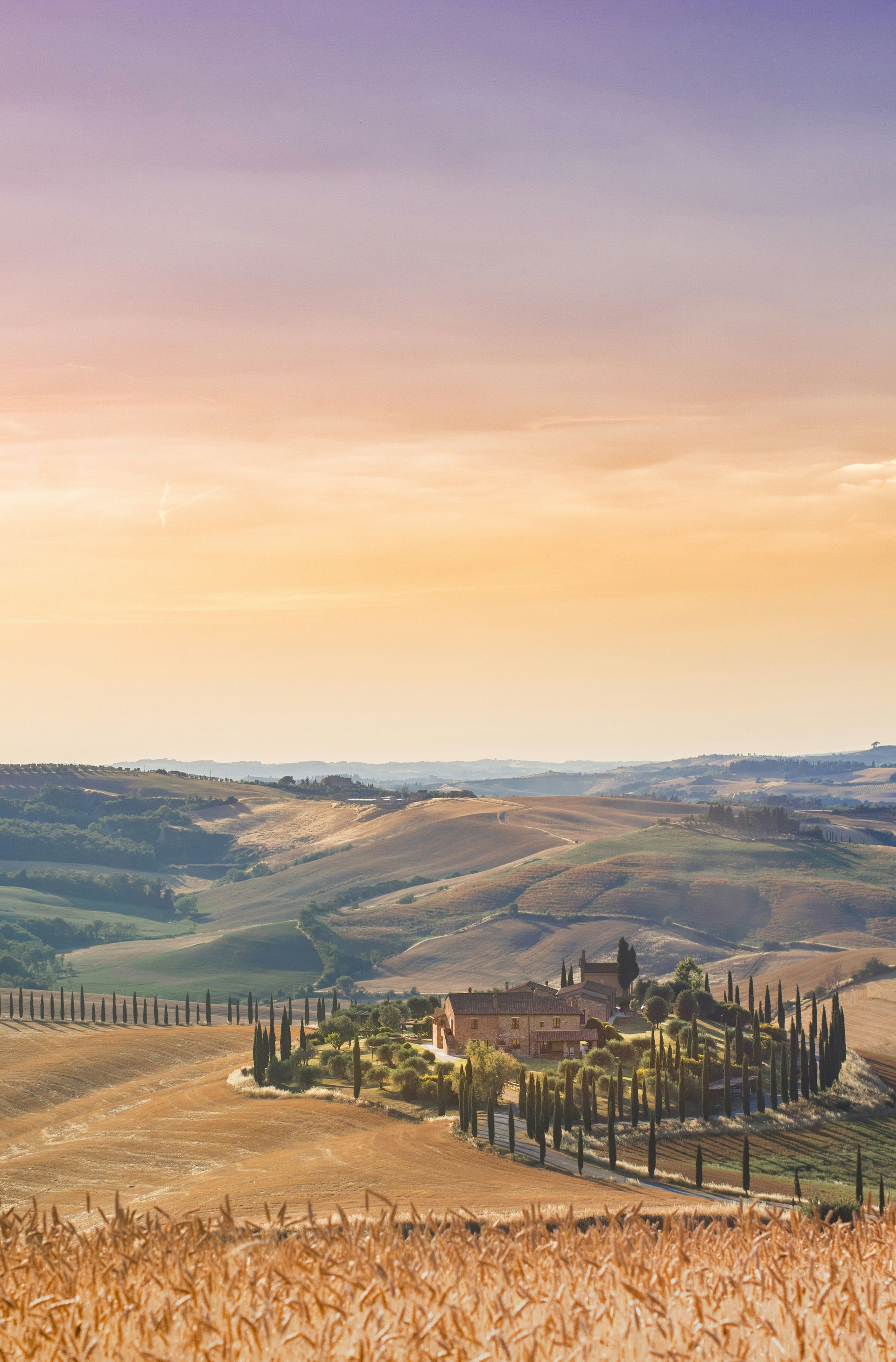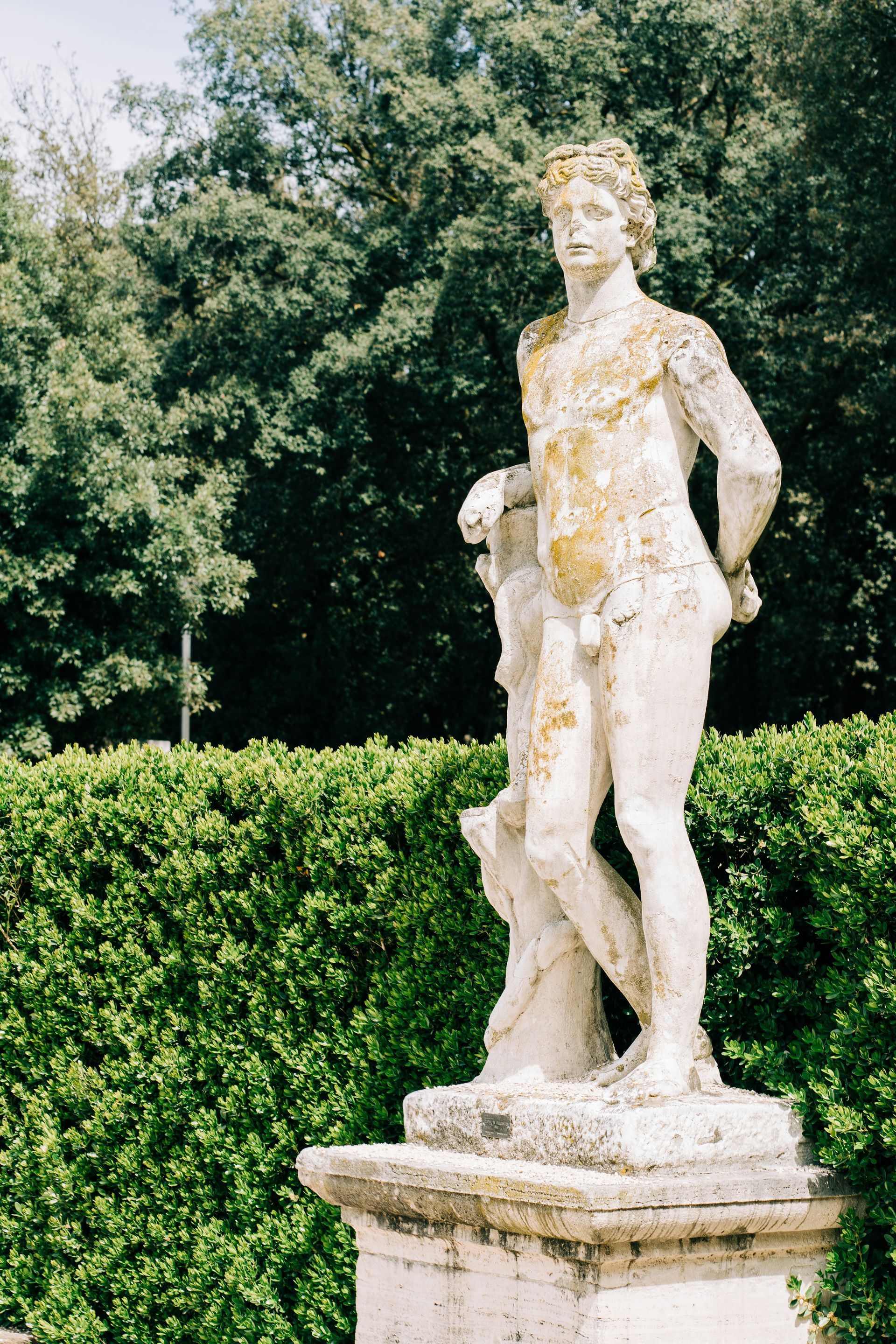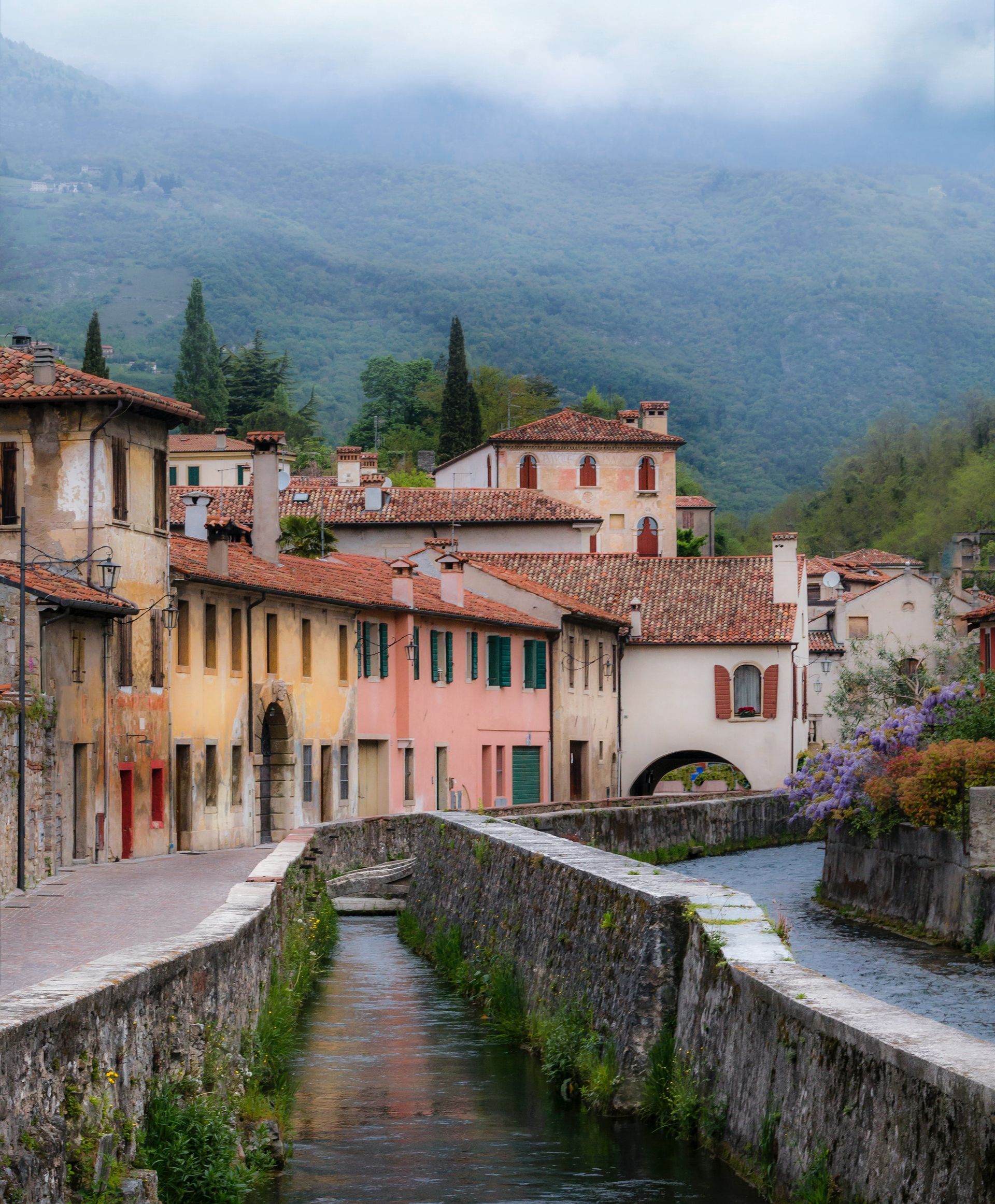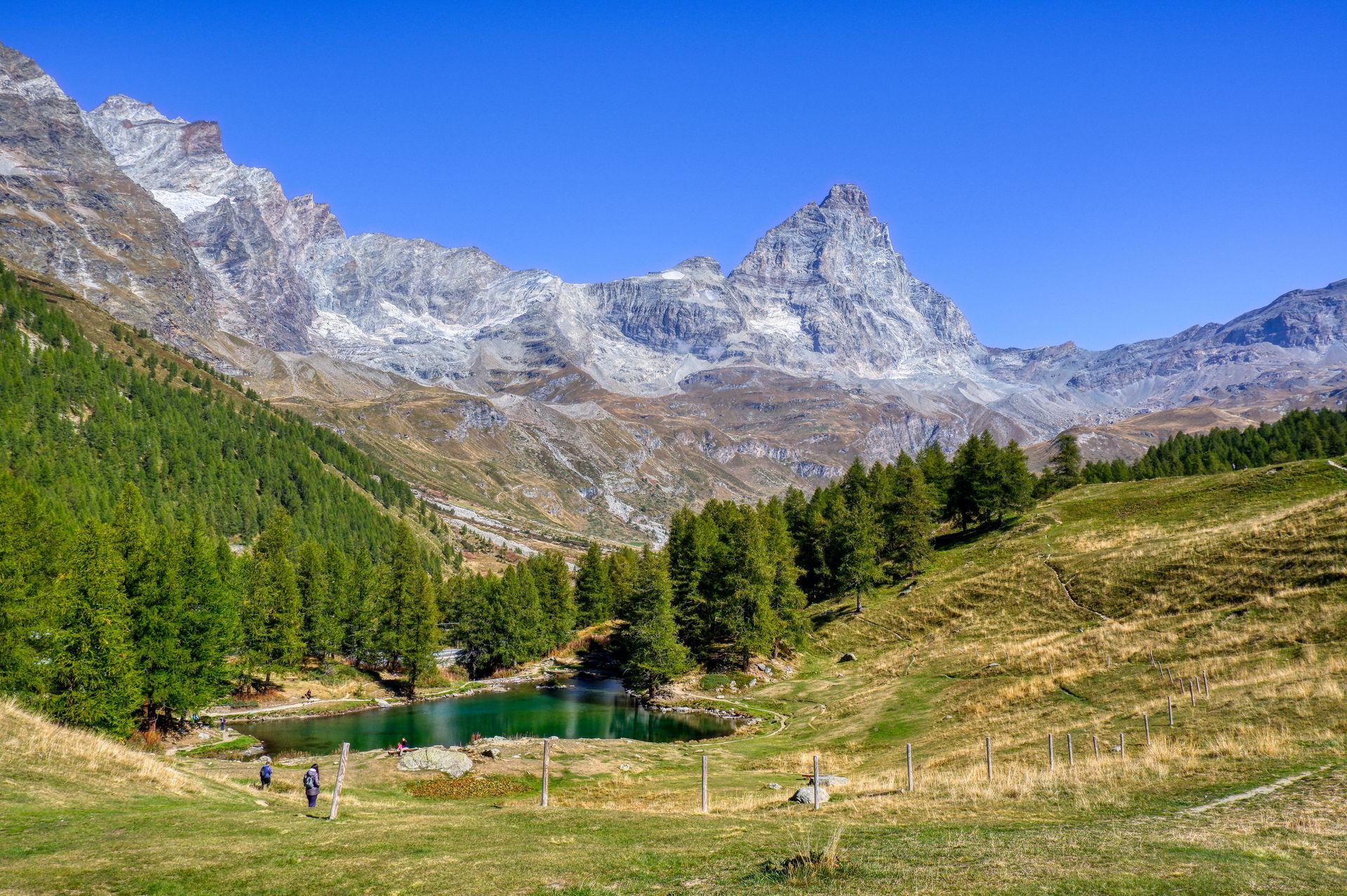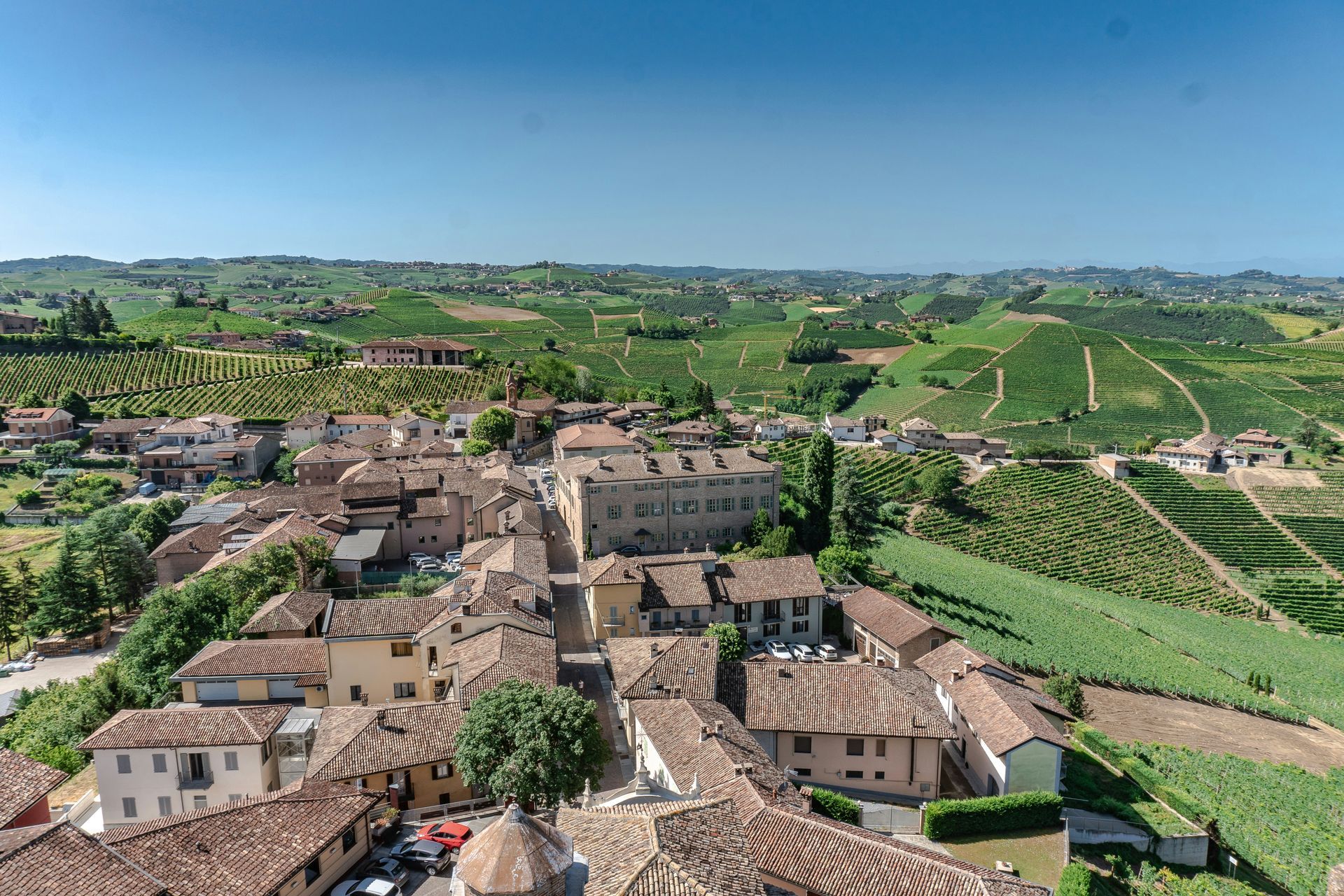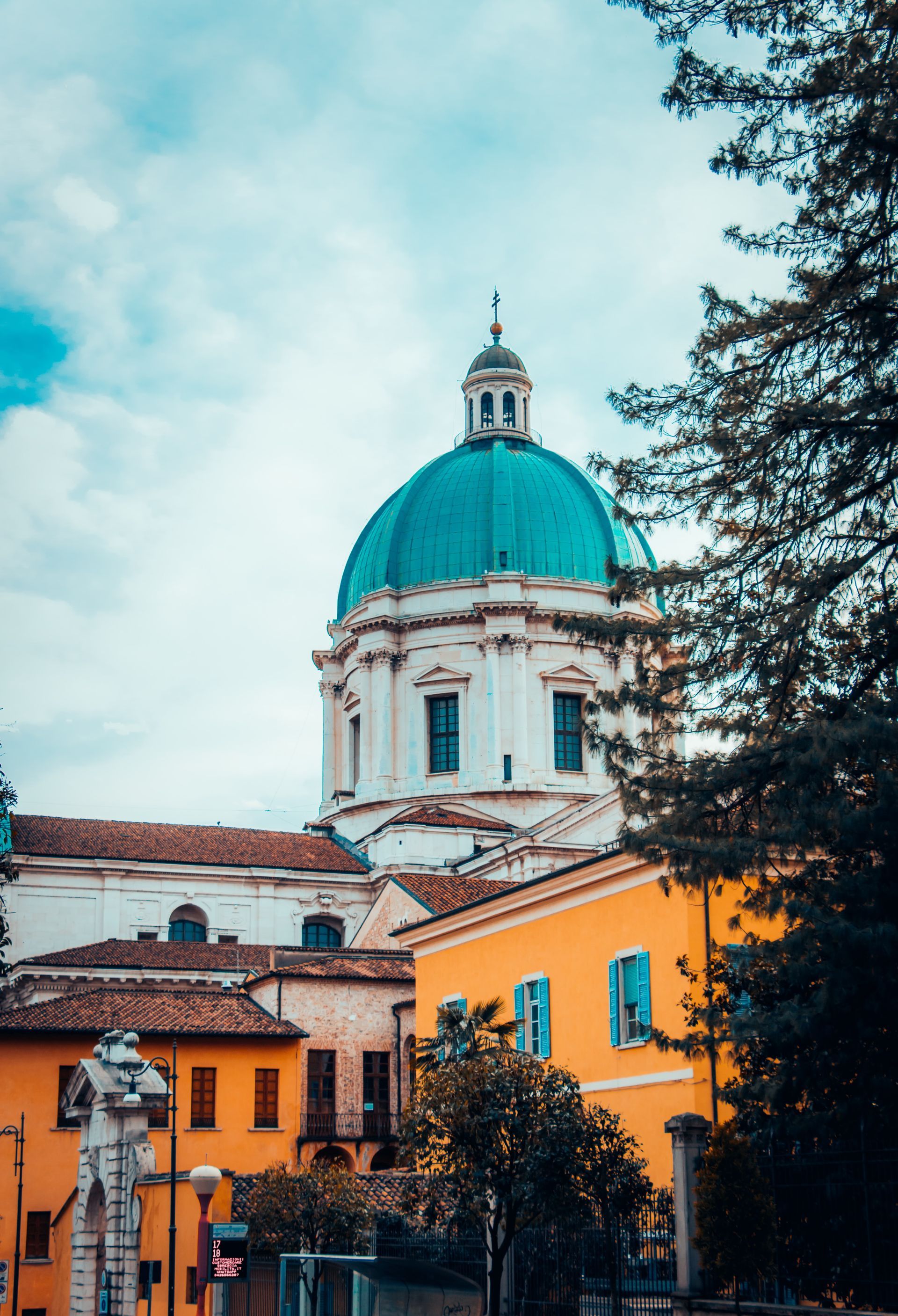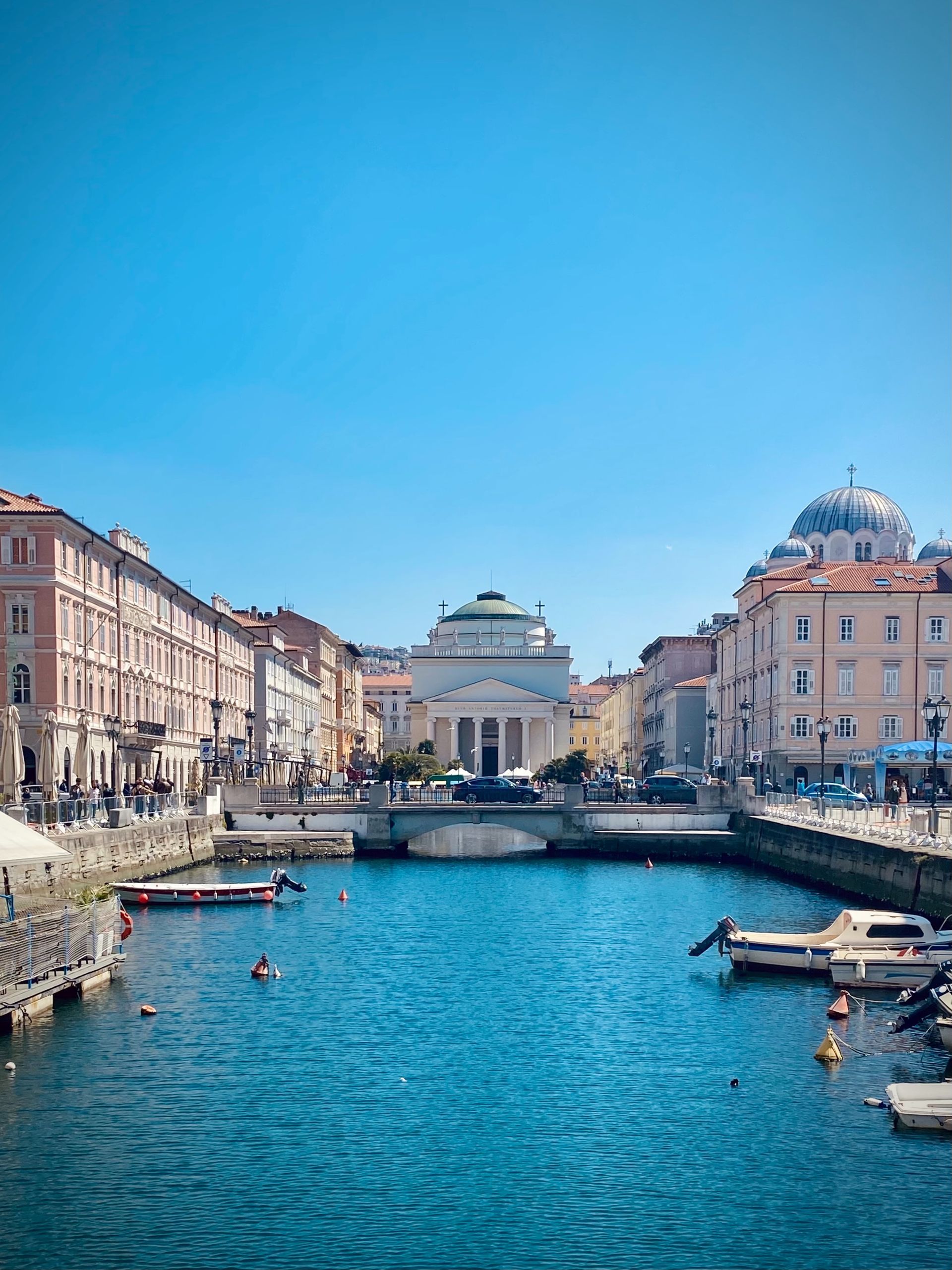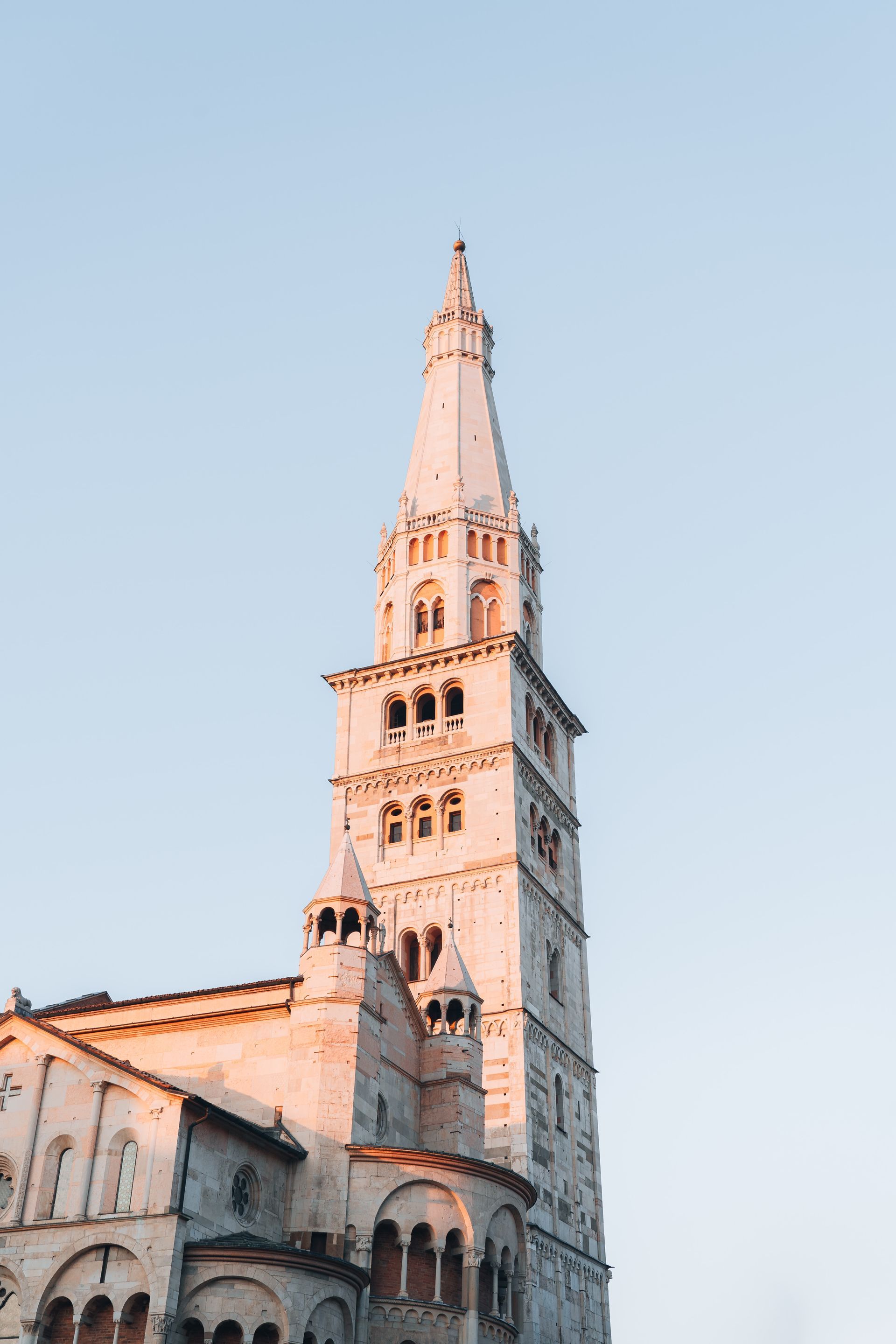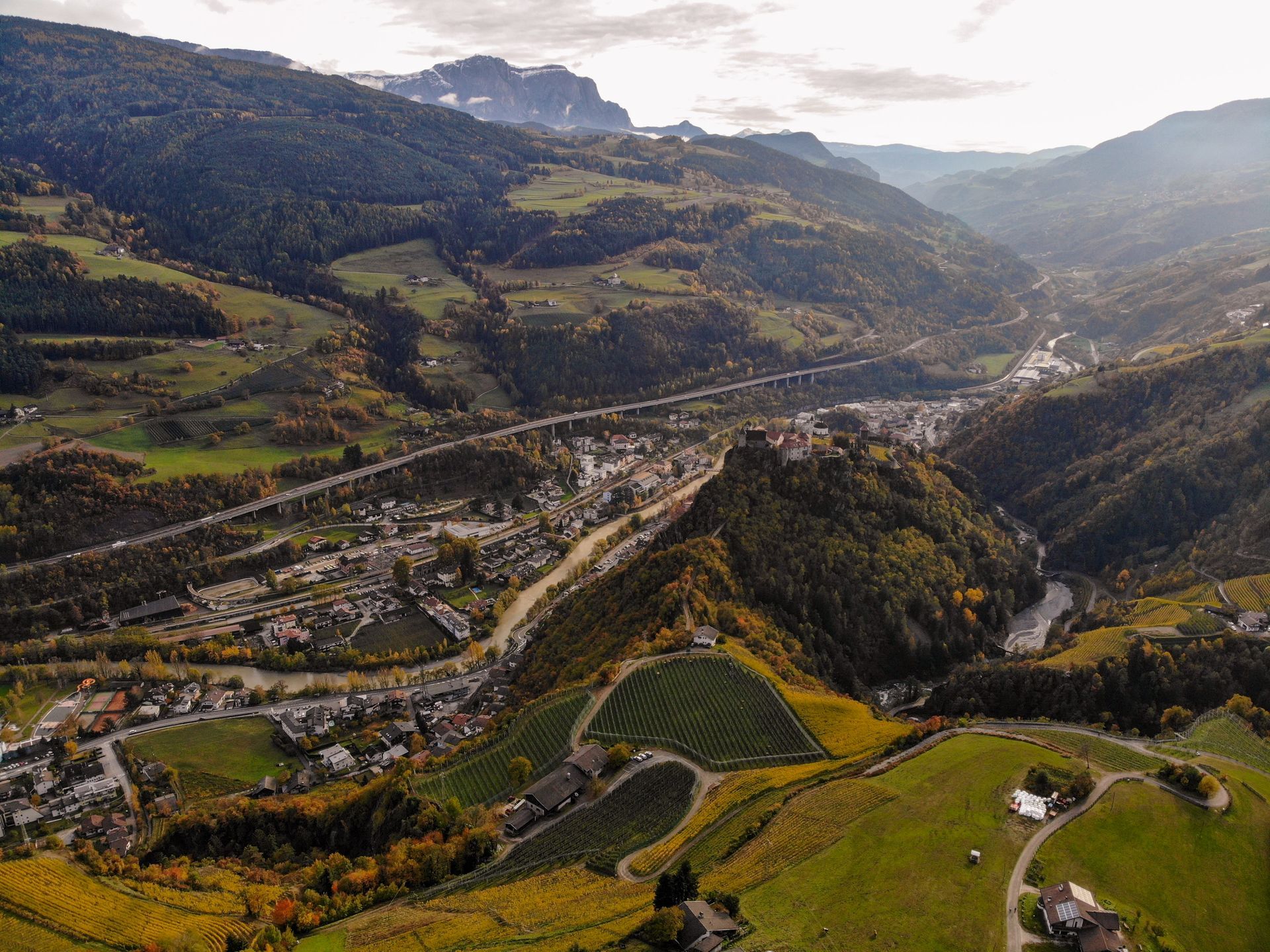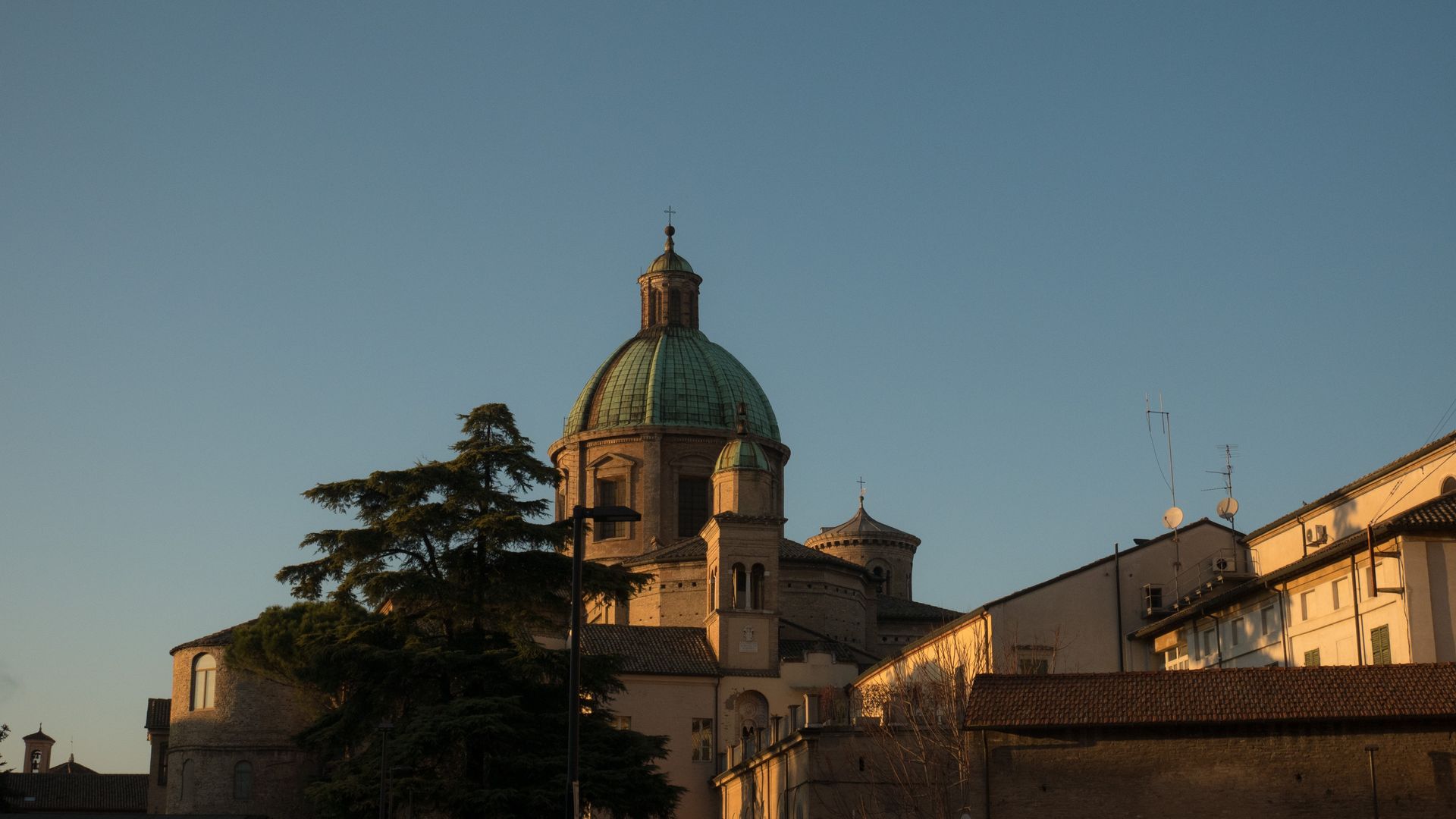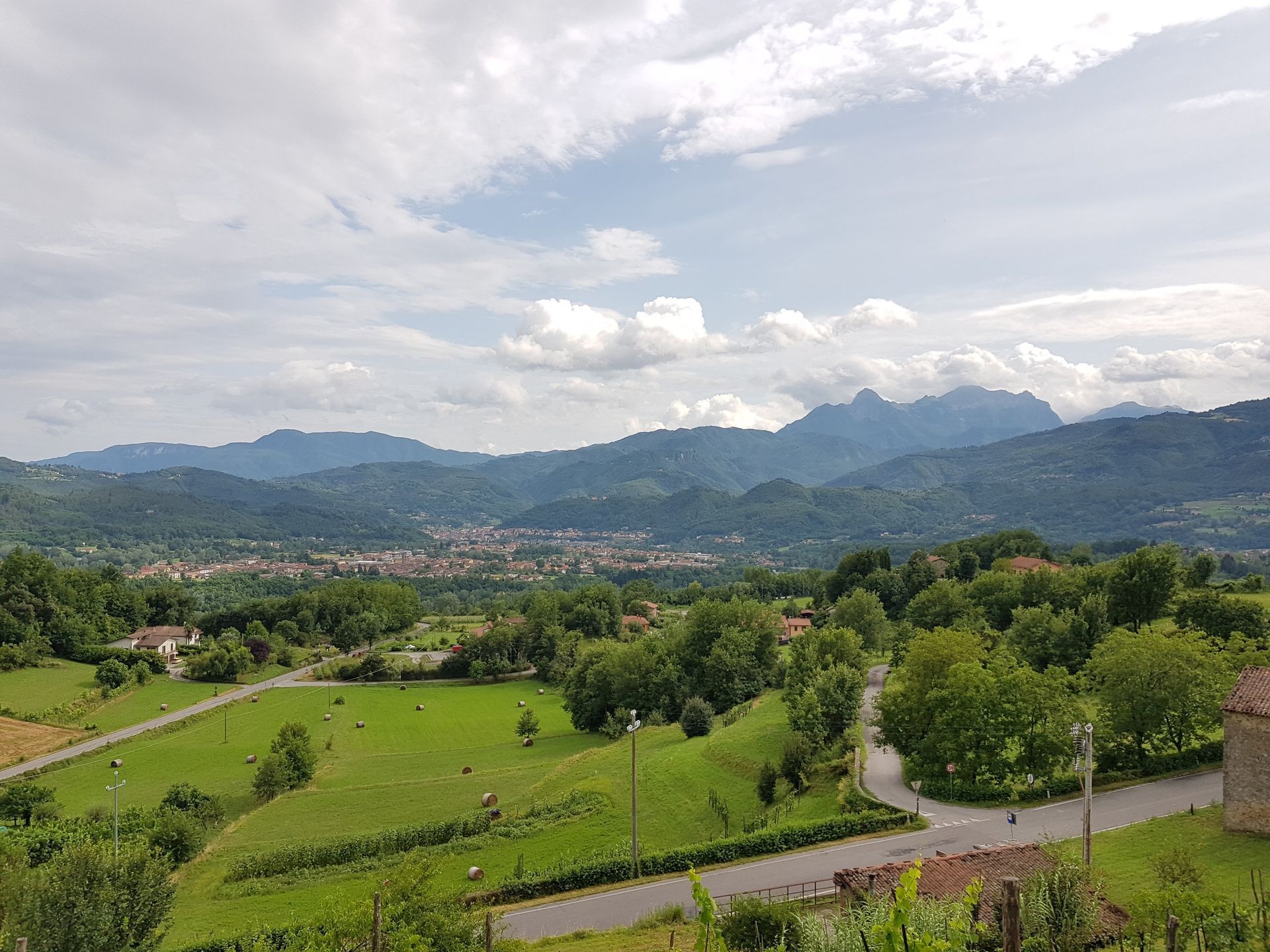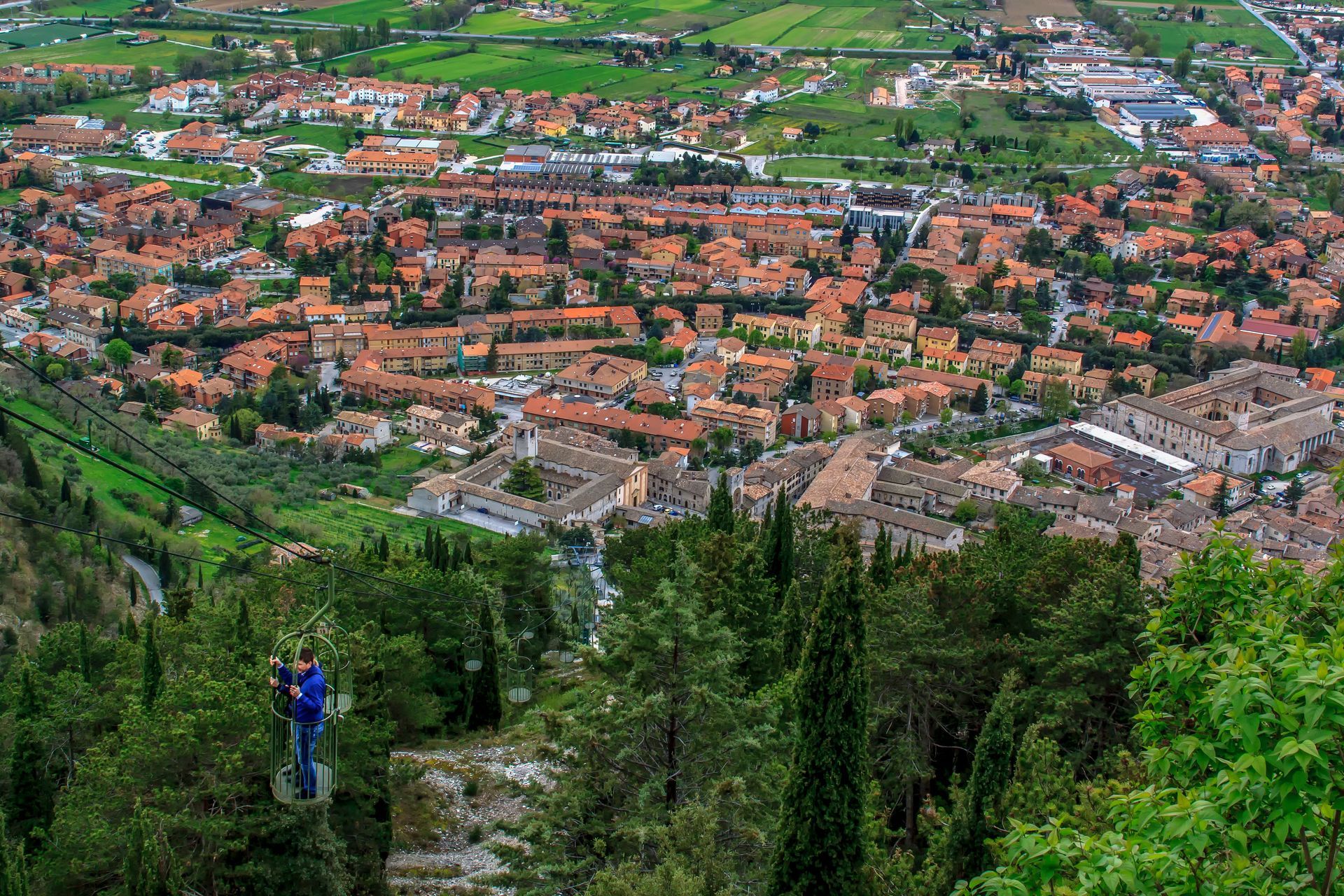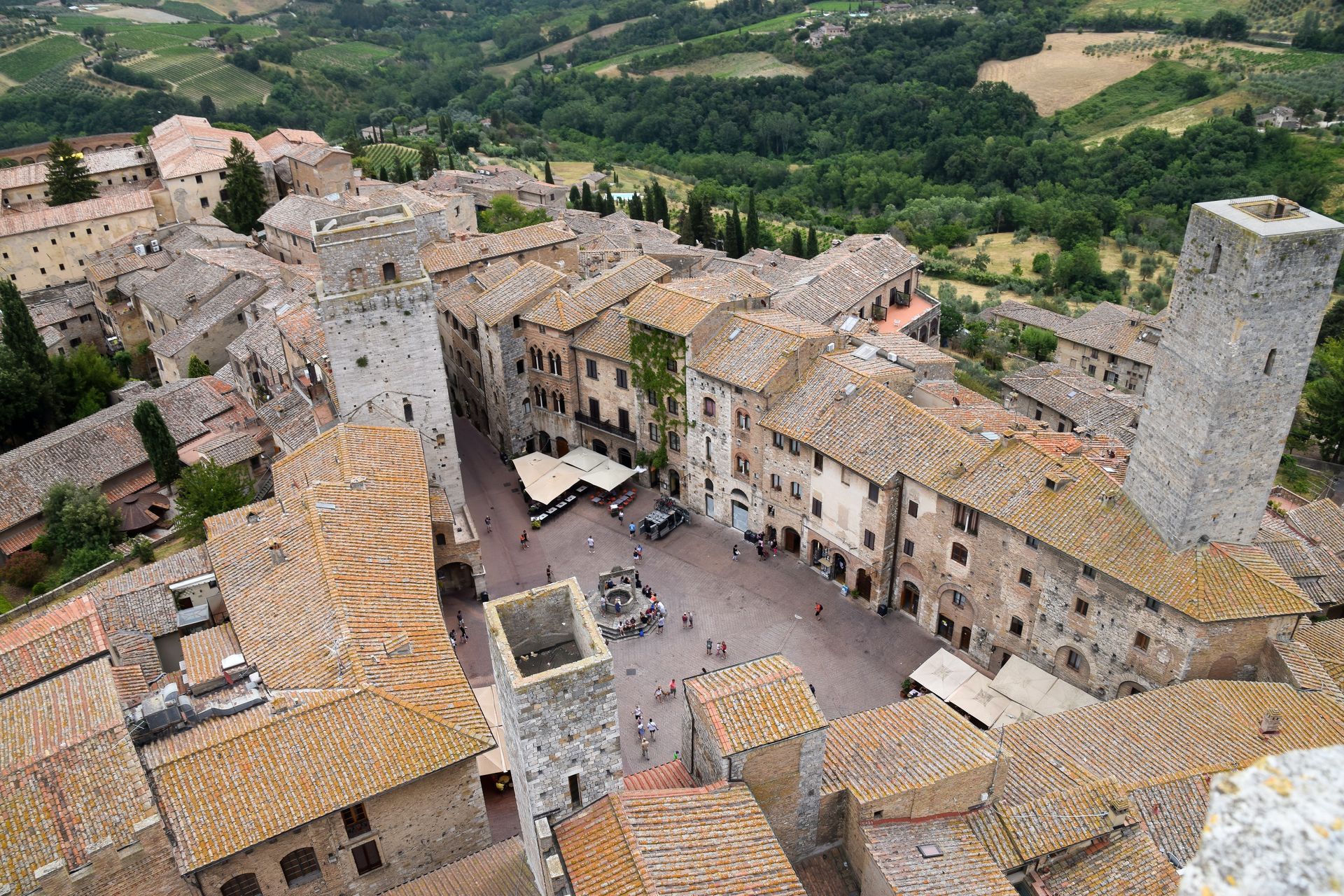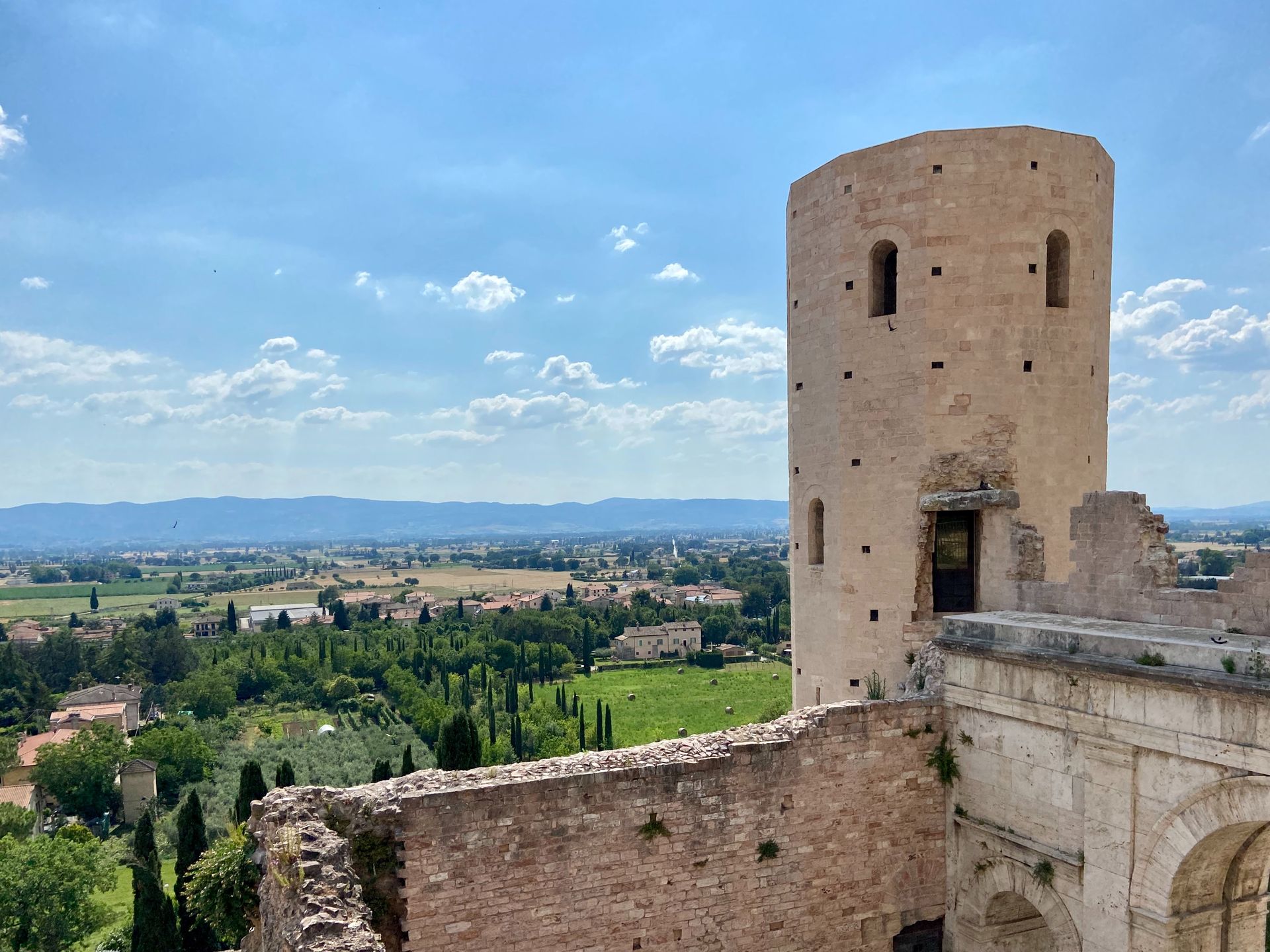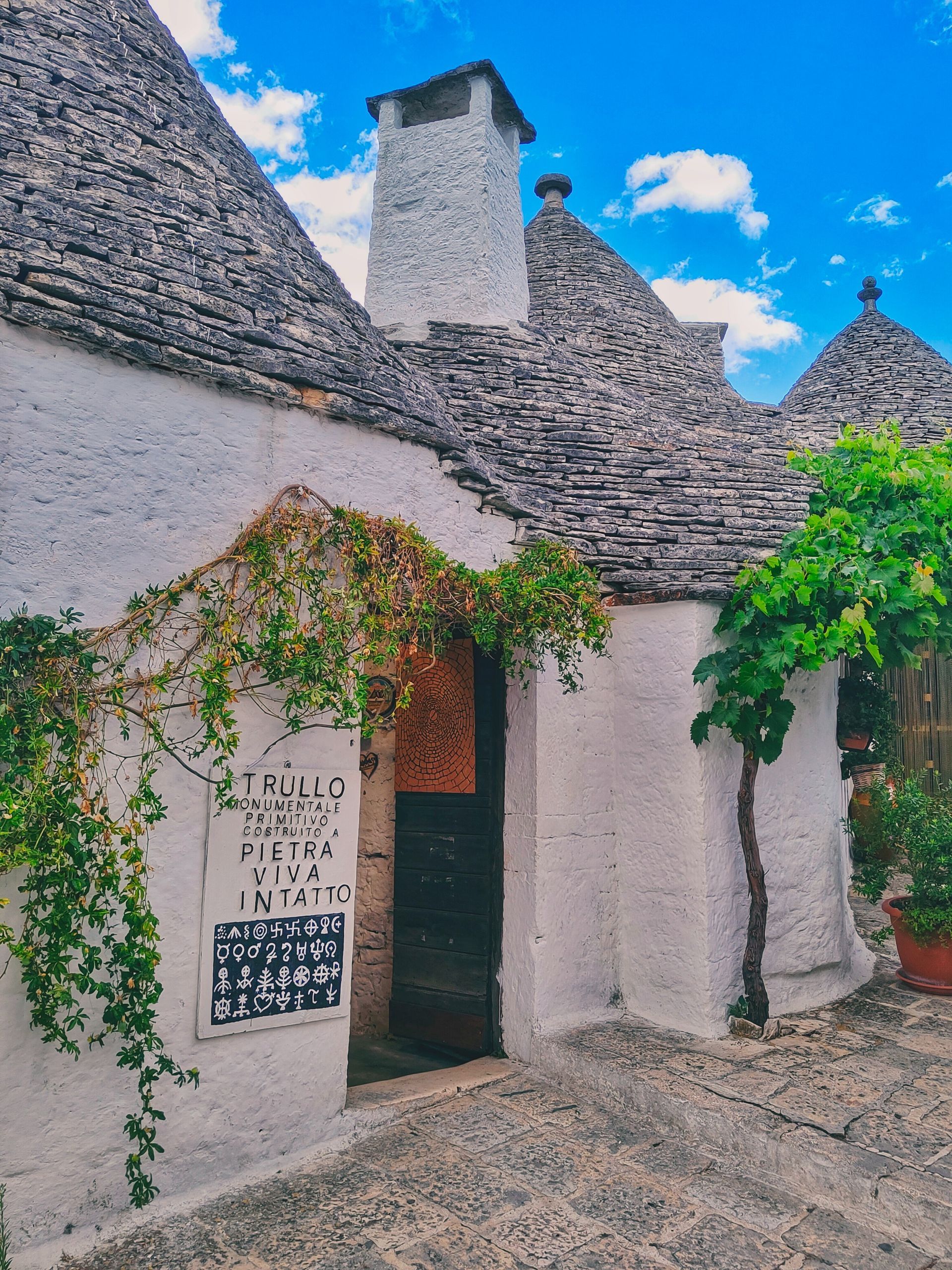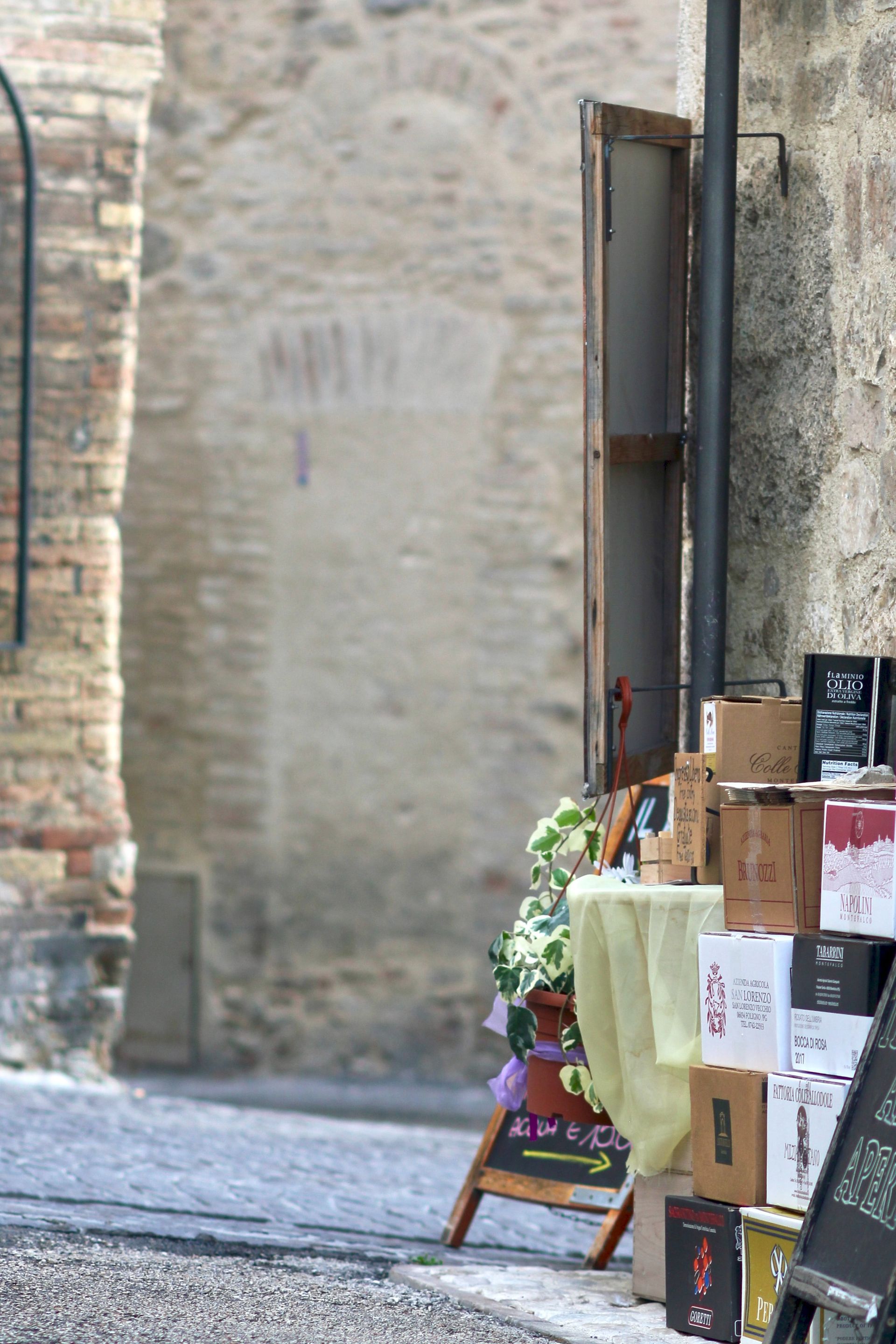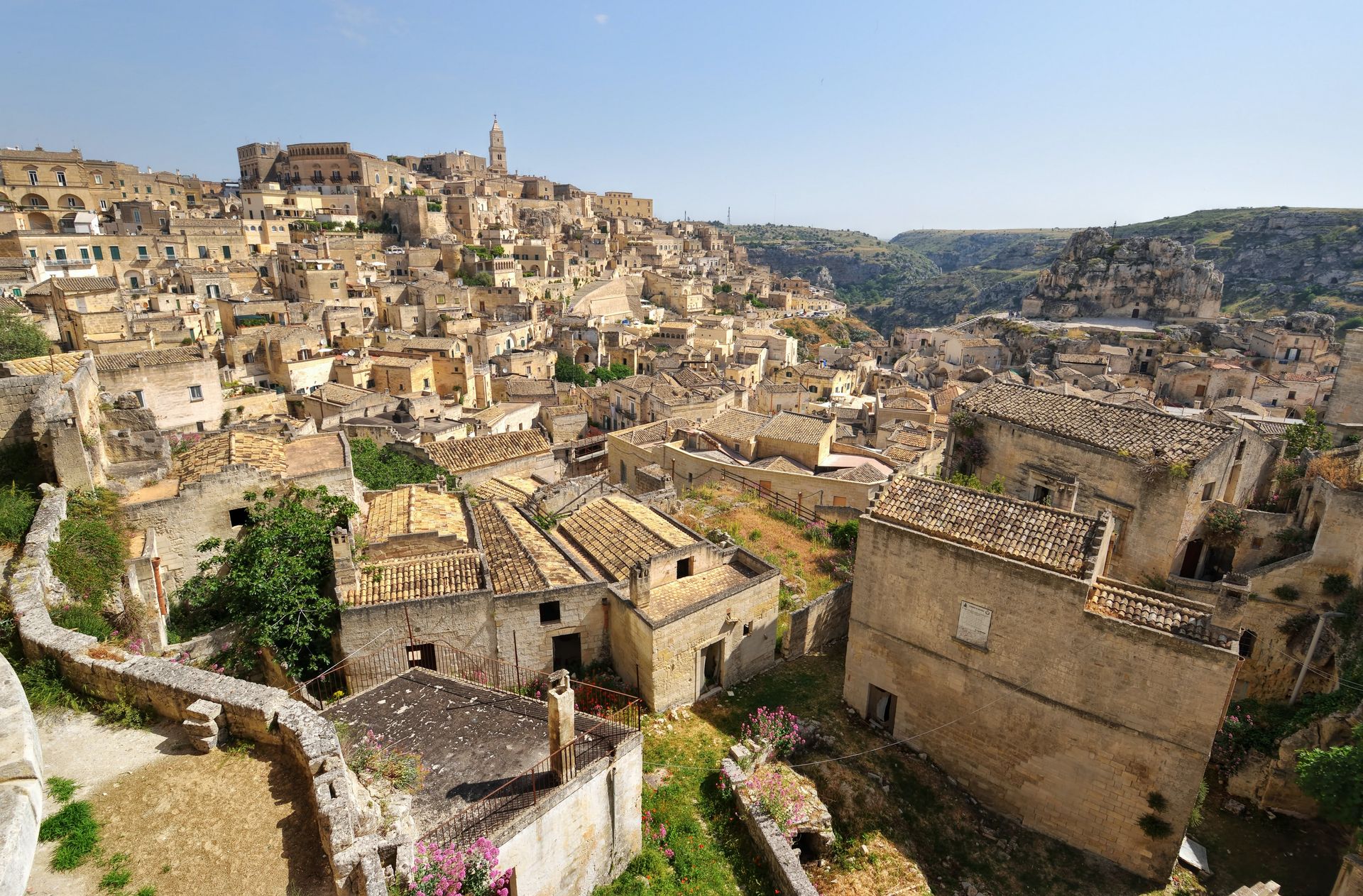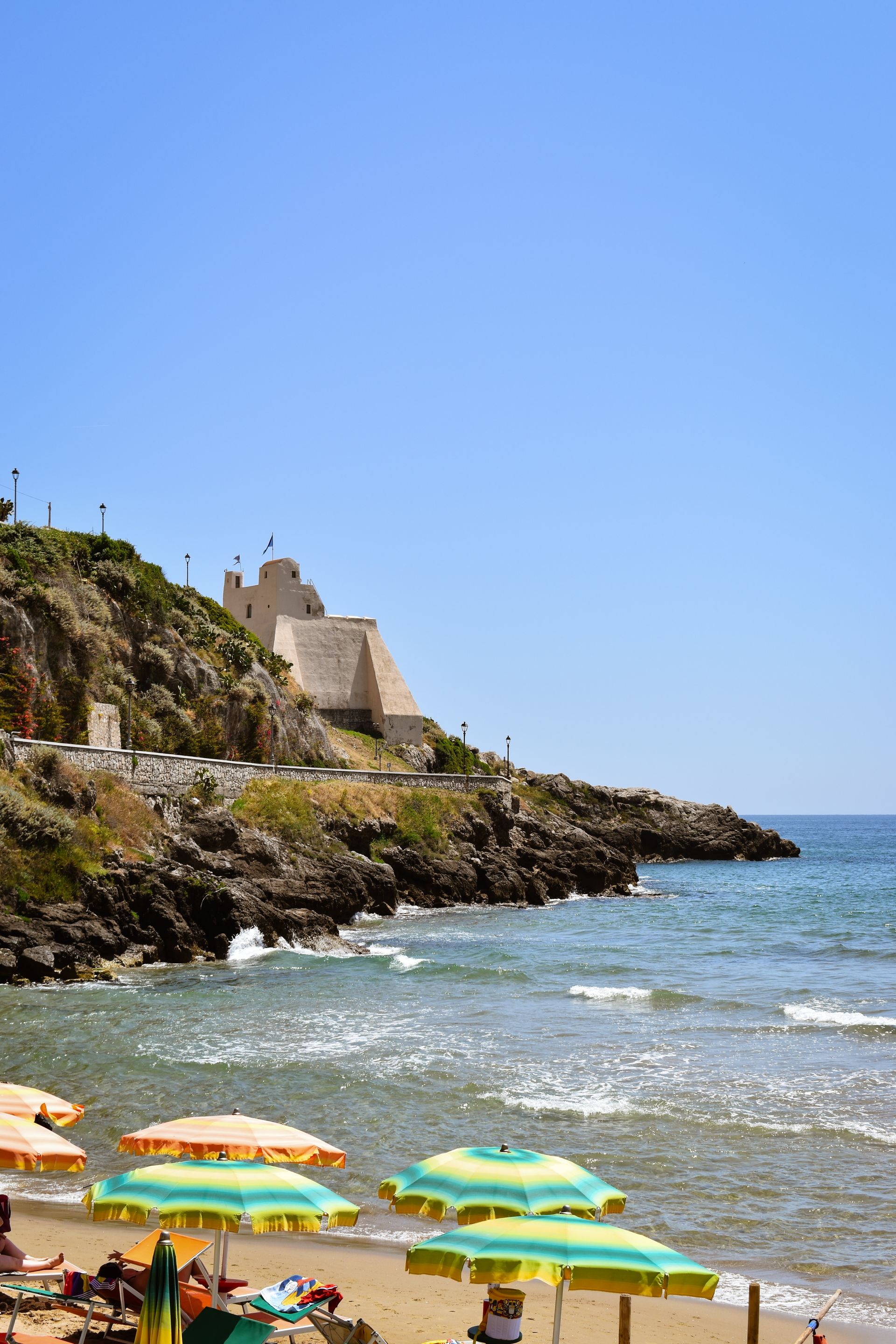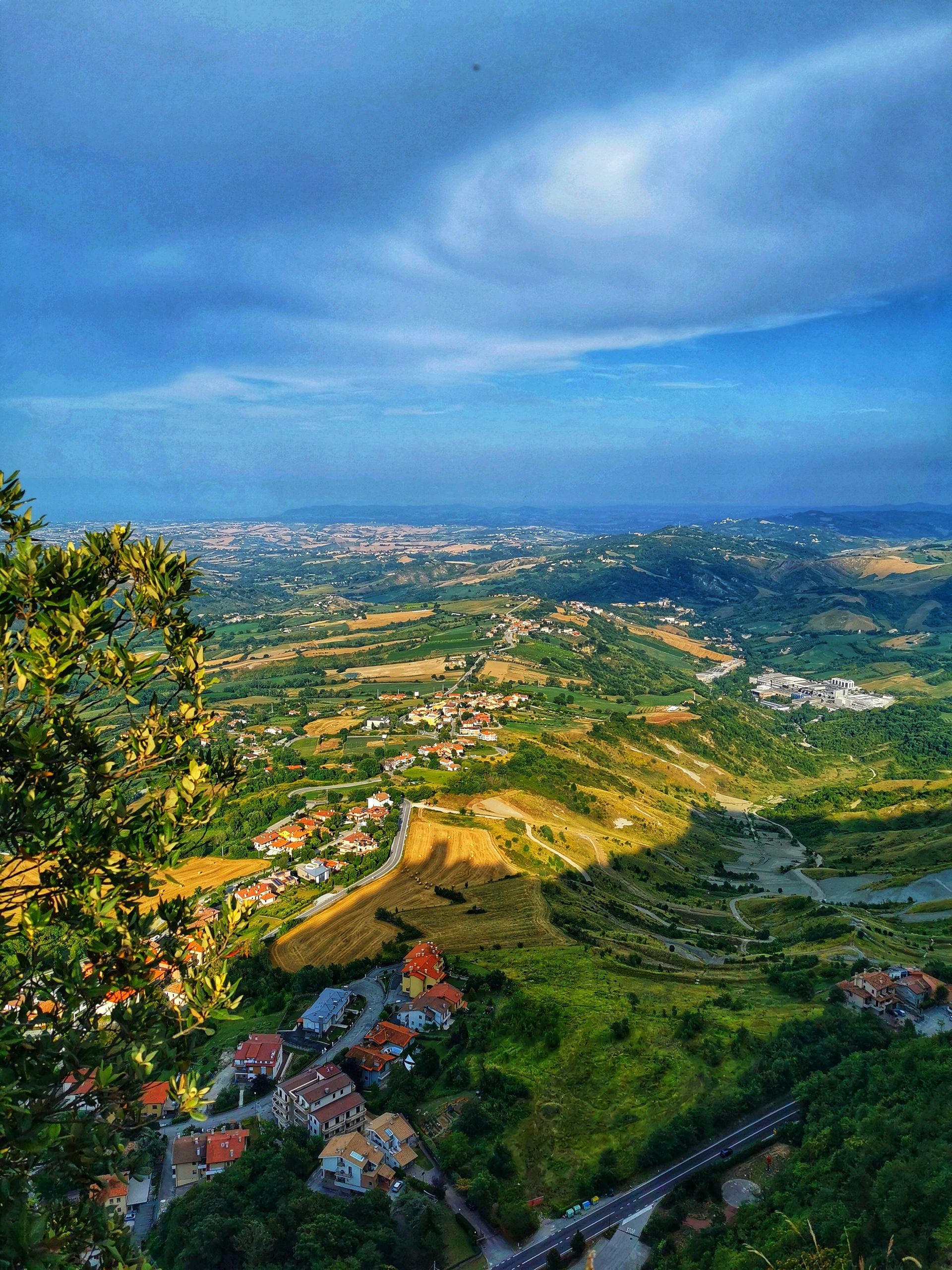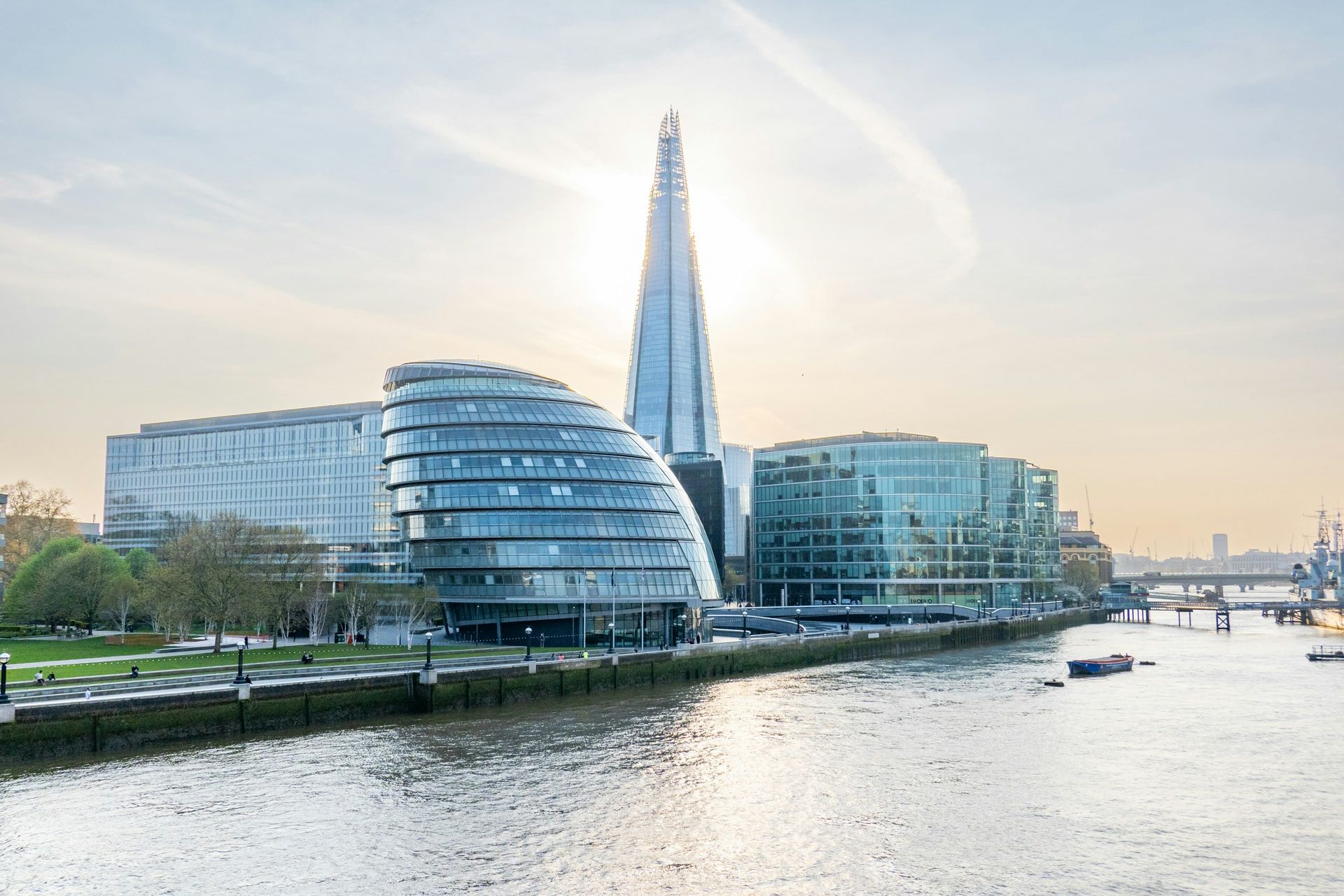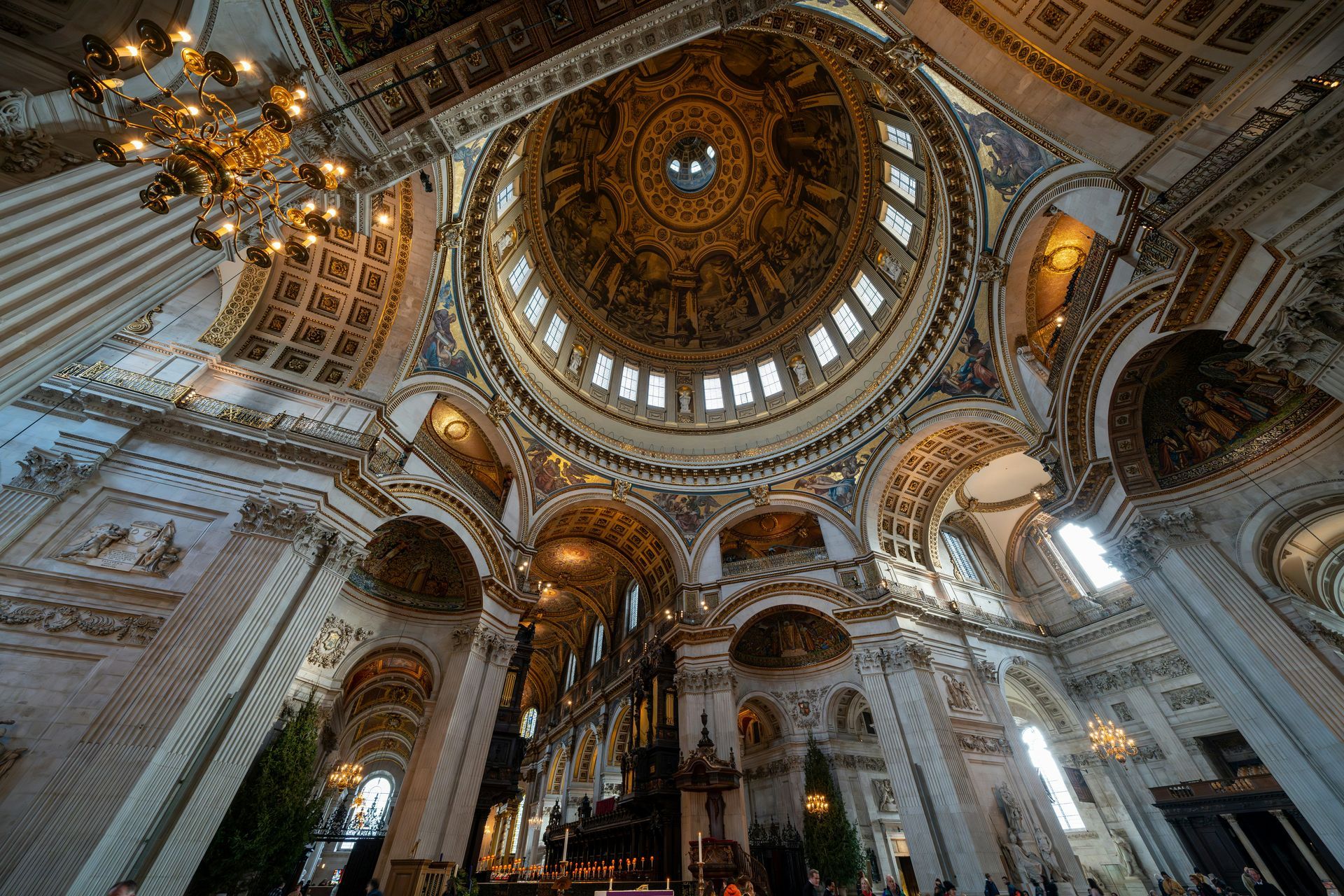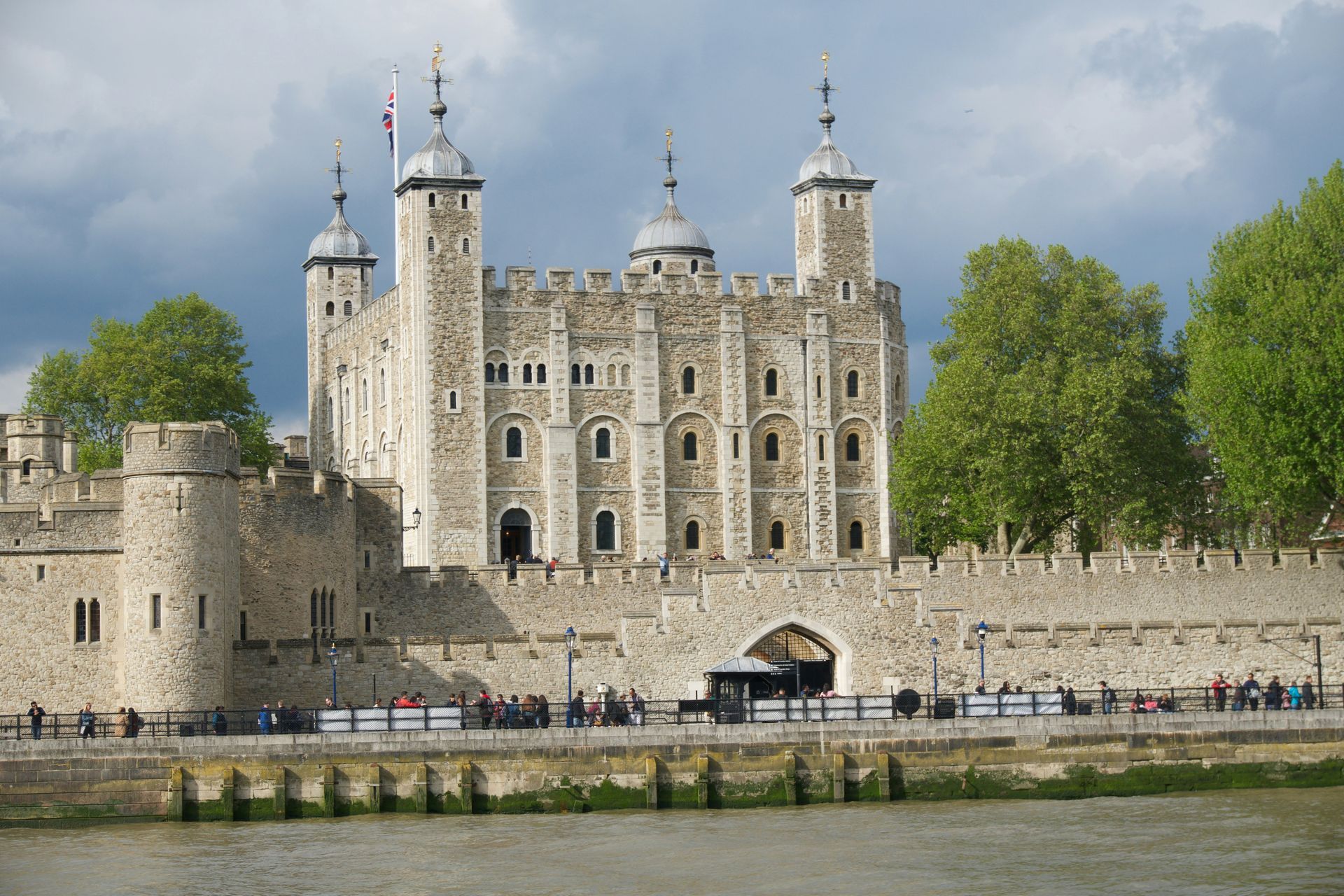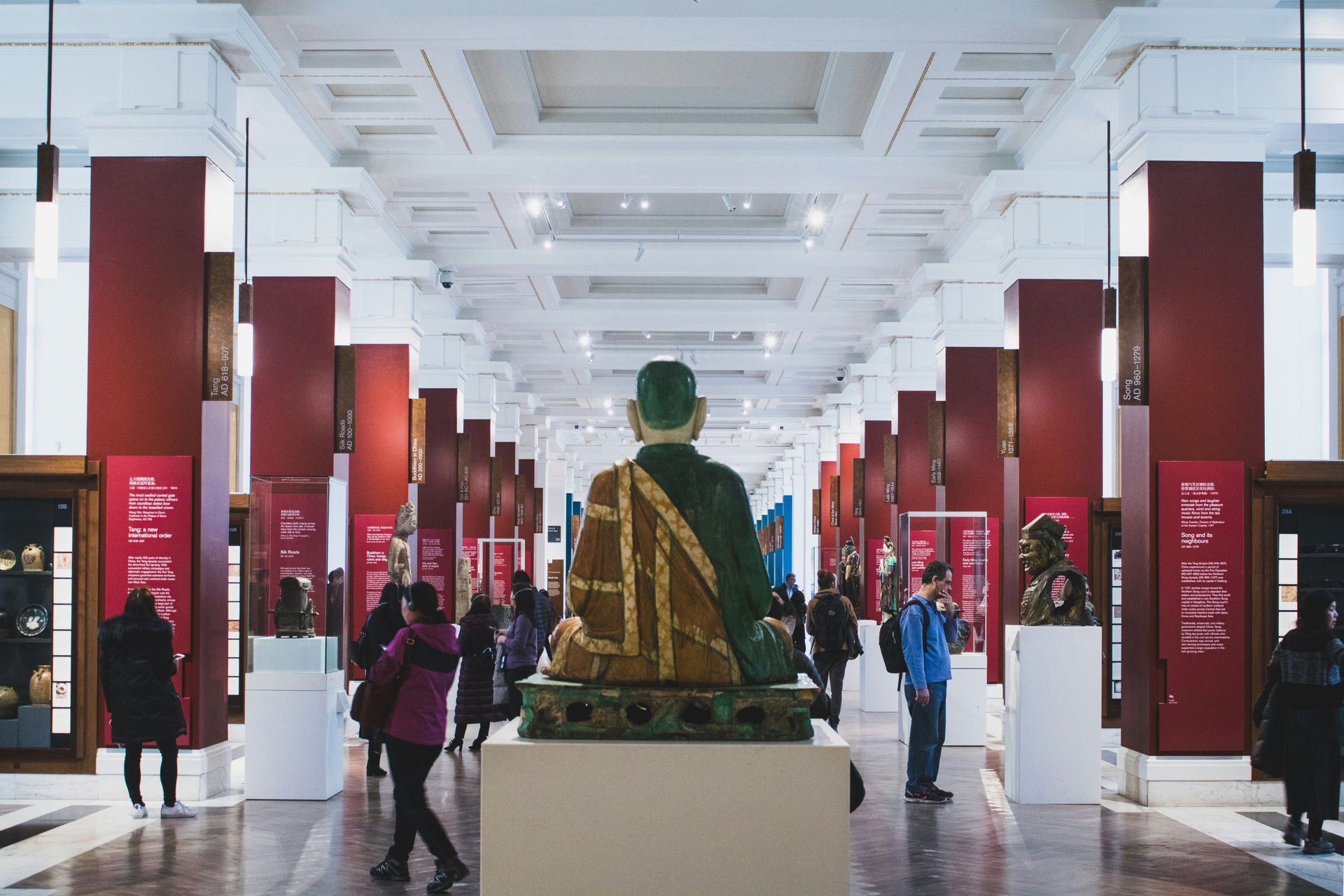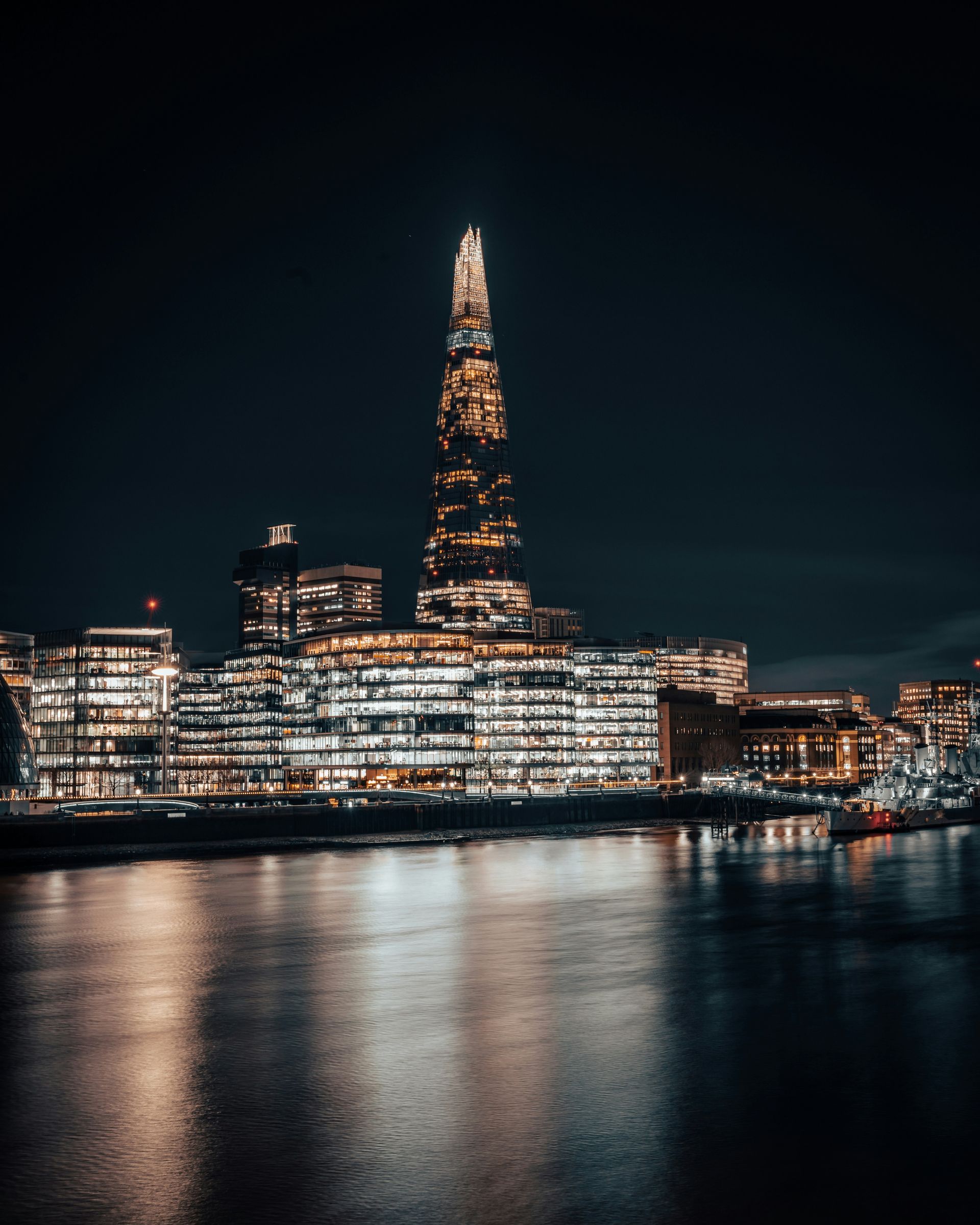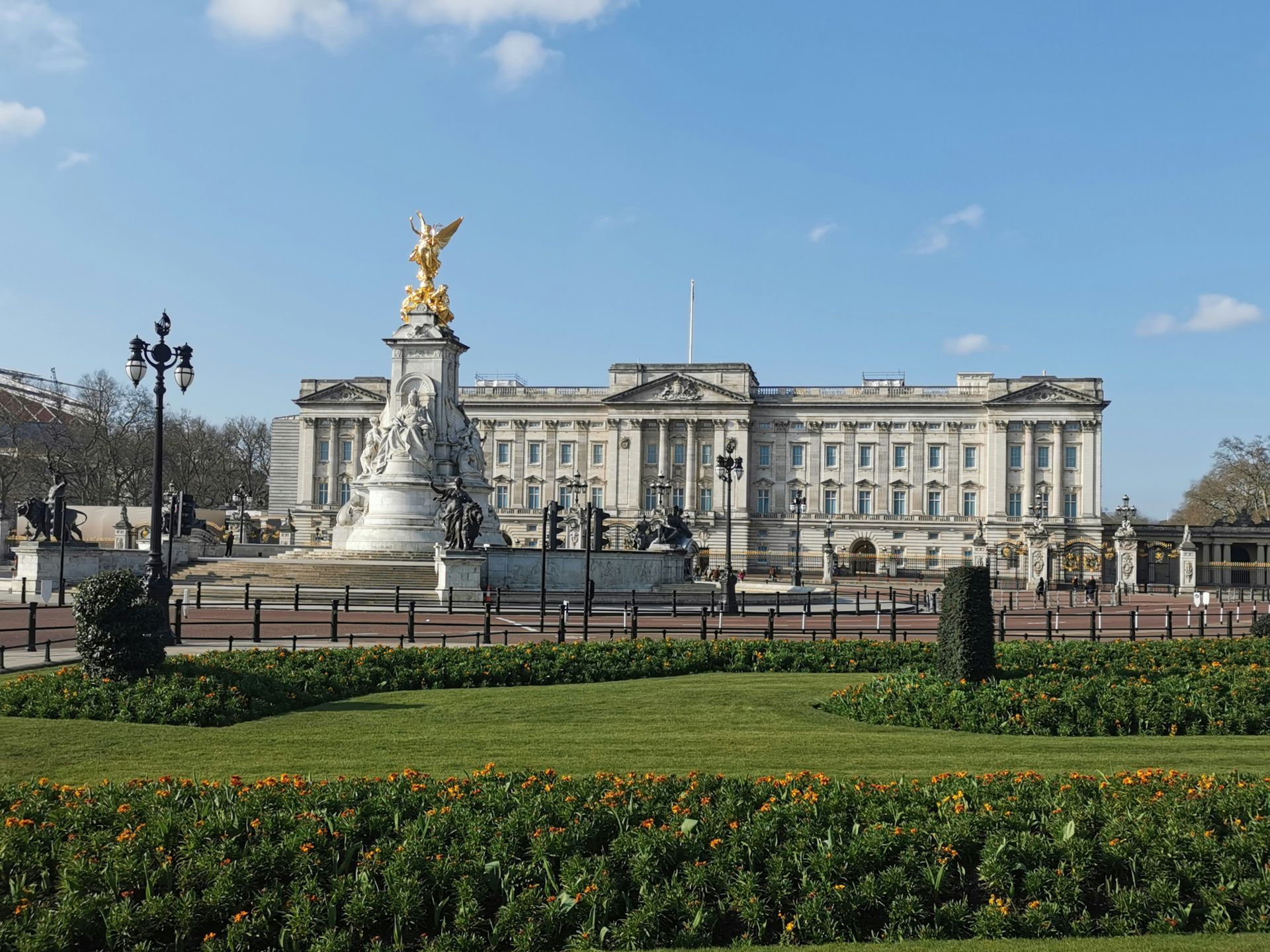Spreading Smile across the globe
Hidden Gems of Northern Italy
Hidden Gems of Italy are a testament to the country's diverse and enchanting beauty, often concealed from the traditional tourist routes. While Italy is celebrated for its iconic cities like Rome, Florence, Venice, and the Amalfi and Cinque Terre coasts, it's the lesser-known destinations that promise a unique journey. These unexplored regions offer travellers a chance to experience Italy's authentic culinary delights, rich historical narratives, and stunning natural landscapes. From the northern reaches to the southern shores, these Hidden Gems of Italy reveal a different facet of this remarkable nation.
Lake Orta - Piedmont
Hidden Gems of Italy come to life at Lake Orta, tucked away near the Swiss border in the heart of Piedmont. This hidden paradise often evades the spotlight compared to its more famous counterparts like Lake Como and Lake Garda. The historic town of Orta San Giulio, with its Baroque and Medieval architecture, cobbled streets, and idyllic Piazza Motta, enchants visitors. The glistening waters of the lake itself invite moments of serenity. What makes Lake Orta truly extraordinary is the mysterious island at its centre—a tranquil sanctuary inhabited by resident nuns.
Treviso - Veneto
Among the Hidden Gems of Italy, Treviso stands as a city in the Veneto region that retains its genuine northern Italian charm. Meandering through its narrow cobbled lanes, picturesque canals, and medieval city walls feels like a step back. Positioned on the fringes of the renowned Prosecco wine region, Treviso provides a delightful excuse for an aperitivo with a glass of Italy's renowned sparkling Prosecco.
Aosta Valley
Nestled among the bordering landscapes of Switzerland and France, the Aosta Valley showcases breathtaking alpine scenery, perched castles, and traditions that thrive throughout the year. When spring and summer arrive, the region's walking trails entice explorers. This season also brings lively festivals that celebrate folk traditions that date back to medieval times. Be sure to savour the local cheese Fontina, a culinary delight that embodies the spirit of this Hidden Gem of Italy.
Alba - Piedmont
Alba, a sought-after destination among Italy's hidden gems, is situated in the vineyards of the Langhe Hills. Once adorned with a hundred towers, Alba exudes a charming rural ambience. It's renowned for its autumn truffle festival, a gastronomic event that captures the essence of the region. Alba is also celebrated for its dark chocolate, hazelnut groves, white truffles, and prestigious wineries. It's from this very region that the sought-after Barolo wine originates.
Camogli - Liguria
Camogli, a typical and vibrant Italian seaside village on the Ligurian Riviera di Levante, perfectly embodies the spirit of the Hidden Gems of Italy. Towering, brightly painted houses dominate the town, and it has become a magnet for visitors seeking pristine beaches, Ligurian cuisine, the rustic fishing marina, Italian culture, and a tranquil natural setting. Camogli has earned its reputation for culinary excellence, focusing on fish and seafood, particularly anchovies and tuna, as well as the iconic pesto sauce made from basil and pine nuts.
Brescia - Lombardy
Hidden Gems of Italy often come alive through history, and Brescia is no exception. In this small city, history unfolds through a tapestry of architectural styles, spanning Roman, Medieval, Renaissance, Baroque, and even Art Deco. Walking through Brescia feels like a journey through time, and a visit to the captivating Piazza della Loggia, framed by a stunning Venetian-style palace at its heart, is a must for history enthusiasts.
Trieste
Trieste is a refreshingly unique destination, an Italian city positioned near the Slovenian border with its dialect that's a delightful blend of Austrian-German, Greek, Croatian, and Italian. Trieste's neoclassical waterfront is a sight to behold, with its marina brimming with stylish, glimmering yachts. The city's offerings include clear blue skies, expansive sandy beaches, city lidos, and the surrounding vineyards. Trieste is a Hidden Gem of Italy that belongs on every traveller's Northern Italian itinerary.
Modena - Emilia-Romagna
Modena is famed for its Hidden Gems of Italy, including balsamic vinegar, Luciano Pavarotti, the Romanesque cathedral, and the nearby Ferrari museum. Beyond these illustrious attractions, Modena reveals a treasure trove of remarkable restaurants. Massimo Bottura's Osteria Francescana has twice earned a place among the world's top 50 eateries, showcasing the culinary excellence of this Hidden Gem. While in Modena, don't miss the chance to savour local specialities like stuffed tortellini and sparkling Lambrusco wine, the perfect complement to your gastronomic journey.
Chiusa / Klausen - South Tyrol
Chiusa, also known as Klausen, is one of Italy's most picturesque villages. It is situated on the banks of the Isarco River in the South Tyrolean region near the Austrian border. Chestnut groves, green fields, vineyards, and farmsteads surround the town. In the village itself, visitors are captivated by narrow alleyways, coats of arms, large bay windows, crenellated facades, and the two main squares.
Ravenna - Emilia-Romagna
Ravenna offers a treasure trove of experiences among the Hidden Gems of Italy. This city is a feast for the senses, with its diverse offerings of food, music, art, culture, history, beaches, wine, and mosaics. Ravenna is home to eight UNESCO-listed sites, making it a must-visit for history and art enthusiasts. It's also known for its two-month-long music festival, Dante Alighieri's tomb, local culinary delights, nearby beach resorts, and the opportunity to explore pinewood forests. The city's fame is derived from its stunning mosaics, dating from the fifth and sixth centuries, scattered throughout the town.
In conclusion, Italy's Hidden Gems invite you to embark on a journey less travelled, where the rich tapestry of history, diverse cuisine, and breathtaking landscapes come to life. These lesser-known destinations provide an authentic Italian experience, away from the bustling crowds, revealing the nation's soul in its purest form. Explore these Hidden Gems to uncover Italy's hidden treasures.
Hidden Gems of Central Italy
Hidden Gems of Italy beckon the adventurous traveller to explore the lesser-known treasures that this remarkable country holds. From the picturesque valleys of Tuscany to the medieval charm of Umbria, the mysterious landscapes of Molise, and the architectural wonders of San Gimignano, these destinations promise unforgettable experiences.
Garfagnana - Tuscany
The Garfagnana region is a hidden gem in the beautiful Tuscan valley north of Lucca. It is crossed by the Serchio River, and the landscape is characterized by fertile greenery, rugged mountains, and charming villages. Outdoor activities such as hiking, walking, and mountain biking are enjoyed by many people in this area. Garfagnana is home to several one-of-a-kind attractions, including a ghost town, a wind cave, and the Devil's Bridge at Borgo a Mozzano.
Gubbio - Umbria
Umbria hides many treasures, and a particular favourite among Hidden Gems of Italy is the Medieval hilltop town of Gubbio. Gubbio, a city with a history dating back over 2,000 years, is a maze of cobbled streets and stone buildings that have been perfectly preserved. Visitors can take a cable car to the summit of Mount Ingino to enjoy panoramic views of the surrounding area. In addition, Gubbio hosts Italy's oldest event, the Corsa dei Ceri, in which teams race through the streets carrying massive wooden candles.
Molise
Molise is Italy's second-smallest region and one of its best-kept secrets. Hidden Gems of Italy are plentiful here. The picturesque town of Agnone is renowned for its artisanal bells, produced by the oldest family-run bell foundry in the world. Meanwhile, Campobasso, the regional capital, boasts a stunning medieval old town. Molise offers a captivating mix of historical charm and natural beauty, with rugged mountains, rolling hills, and pristine beaches along the Adriatic coast.
San Gimignano - Tuscany
Nestled in the heart of Tuscany, San Gimignano boasts medieval architecture and, of course, its famous towers. The town's historic centre is a UNESCO World Heritage site, known for its fourteen stone towers that once symbolised wealth and power. San Gimignano offers a glimpse into medieval Tuscany, with well-preserved streets and squares that transport visitors to another time. Besides the towers, make sure to explore the Collegiate Church and indulge in the local Vernaccia wine, a crisp white wine produced in the region.
Spello - Umbria
Another gem in the heart of Italy, Spello enchants visitors with its winding medieval streets and stunning floral displays. Known as the "Città Infiorata" or "flower town," Spello hosts the Infiorata festival, during which the streets are carpeted with intricate flower petal designs. This event occurs in early June and is a magnificent spectacle. Outside of the festival, Spello's charm continues with its well-preserved historic centre and beautiful churches.
Trulli of Alberobello - Apulia
Apulia, or Puglia, is famous for its unique trulli houses, and Alberobello is the epicentre of this architectural marvel. These whitewashed conical homes are a UNESCO World Heritage Site that offers a glimpse into the region's history. Visitors can even stay in trulli that have been converted into accommodations, providing a truly immersive experience.
Norcia - Umbria
Nestled in the Sibillini Mountains, Norcia is renowned for its gastronomy. This charming town produces exceptional cured meats, particularly prosciutto and salami. For food enthusiasts, Norcia is a true Hidden Gem of Italy. Explore local shops, taste the region's specialities, and visit the beautiful town square. Nature enthusiasts will also find hiking trails and natural beauty in the nearby Monti Sibillini National Park.
Montefalco - Umbria
Montefalco is often called the "Balcony of Umbria" for its stunning views over the surrounding valley. This charming town is also known for its wine, particularly Sagrantino, one of Italy's most robust red wines. Montefalco's medieval centre is picturesque and hosts several churches with remarkable frescoes, making it a cultural and gastronomic gem.
Castelluccio di Norcia - Umbria
High in the Sibillini Mountains, Castelluccio di Norcia is a quaint village known for its stunning wildflower blooms in late spring and early summer. The surrounding plateau becomes a colourful tapestry, attracting photographers and nature enthusiasts. Besides the flowers, visitors can enjoy hiking and take in the breathtaking scenery. Hidden Gems of Italy like Castelluccio di Norcia provide a unique connection to nature and the changing seasons.
In the heart of Italy, a treasury of Hidden Gems awaits the intrepid traveller. From the mysterious ghost town of Garfagnana to the ancient charms of Gubbio, the enchanting landscapes of Molise, and the medieval splendours of San Gimignano, these lesser-known destinations reveal Italy's diverse beauty and rich history. Journey through the tranquil streets of Spello, marvel at the unique trulli houses in Alberobello, savour the culinary delights of Norcia, and bask in the vibrant blooms of Castelluccio di Norcia. These Hidden Gems of Italy promise an unforgettable adventure in a land of timeless wonder.
Hidden Gems of Southern Italy
Italy, a land of rich history, captivating art, and exquisite cuisine, is known for its iconic cities and world-famous landmarks. Despite the tourist-filled streets and crowded piazzas, the country holds many hidden gems—lesser-known destinations that offer a more intimate and authentic experience. These places, tucked away in various corners of Italy, are a testament to the nation's diverse and enchanting beauty, waiting to be explored by the discerning traveller. From medieval towns perched atop hills to charming coastal villages and ancient archaeological sites, the Hidden Gems of Italy promise unique adventures and unforgettable memories.
Civita di Bagnoregio - Lazio
Civita di Bagnoregio is often called the "Dying Town" because of its gradual erosion over the centuries. This medieval village is perched on a hilltop and can only be reached by a long footbridge. It's a unique destination, seemingly suspended in time, and is the perfect Hidden Gem for history buffs and photographers.
Matera - Basilicata
Matera, known for its cave dwellings, is one of Italy's most intriguing and unique destinations. The Sassi di Matera, a historic cave settlement, is a UNESCO World Heritage Site. Matera is gaining popularity but still qualifies as one of the Hidden Gems of Italy. Touring this labyrinth of stone-carved rooms and narrow streets offers an incredible historical journey.
Sperlonga - Lazio
Sperlonga is a charming coastal town characterized by its pristine beaches, winding alleys, and picturesque piazzas. Nestled between Rome and Naples, Sperlonga is often overlooked by travellers. A visit here reveals a relaxed and authentic Italian atmosphere, perfect for strolls and seaside relaxation. Take advantage of the Grotto of Tiberius, a cave once used as the emperor's villa and now a museum.
Paestum - Campania
The ancient ruins of Paestum, originally a Greek colony known as Poseidonia, provide an extraordinary window into Italy's history. The temples are exceptionally well-preserved, ranking among the best-preserved in the world. Paestum is also home to a fascinating archaeological museum that displays artefacts from the site. Enjoy a step back in time amid the Hidden Gems of Italy.
Castro - Apulia
Castro, a picturesque coastal town, boasts a historic centre perched on a rocky outcrop. Visitors can explore ancient churches, fortifications, and a charming harbour. Castro also has sea caves that can be explored by boat. The region's cuisine is a seafood lover's paradise, making this town a Hidden Gem for food enthusiasts as well.
Scilla - Calabria
Scilla, an idyllic coastal village in Calabria, offers stunning sea views and hidden beaches. The town is known for the Ruffo Castle, which dominates the landscape, and the legendary sea monster Scylla from Greek mythology. The charming village is a serene and lesser-known alternative to some of the more crowded Italian seaside destinations.
San Marino
San Marino is a microstate surrounded by Italy and is one of the world's oldest republics. It's a destination that's often missed, making it a true Hidden Gem. San Marino boasts dramatic mountaintop views, historic architecture, and unique attractions like the Guaita Tower and the Palazzo Pubblico. For collectors, the country is also known for its beautiful stamps and coins.
Conclusion
Discovering the Allure of Hidden Gems of Italy
Hidden Gems of Italy offers travellers an authentic experience, far removed from the tourist-packed cities and famous landmarks. These lesser-known destinations unravel the genuine charm, culture, history, and culinary wonders that make Italy an endlessly fascinating country to explore. From the mountains of the North to the coasts of the South, each region holds its treasures, waiting to be discovered by those who venture off the beaten path. By exploring the Hidden Gems of Italy, you can craft a unique and unforgettable journey that deepens your appreciation of this incredible country. Plan your trip carefully, and you will be rewarded with the beauty, history, and flavours that characterize these enchanting places.
Architectural Marvels:
London's Stunning Buildings and Structures
London, a city renowned for its rich history and cultural diversity, also boasts an impressive array of architectural marvels that reflect its evolving landscape. From the iconic skyline punctuated by modern skyscrapers to the elegant facades of historic landmarks, the buildings in London tell a story of innovation and tradition. As a melting pot of architectural styles, London offers a fascinating blend of contemporary design and classical elegance, making it a paradise for architecture enthusiasts and casual observers alike.
This guide will take you on a journey through some of London's most stunning buildings and structures, highlighting their historical significance, design brilliance, and cultural impact. From the towering Shard, which redefines the city’s skyline, to the historic charm of St. Paul's Cathedral and the sleek lines of the Gherkin, London’s architectural landscape is as dynamic as it is diverse. By discovering these architectural wonders, you'll develop a greater understanding of the city's architectural legacy and its continued impact on global design trends.
The Shard
The Shard stands as one of the most iconic buildings in London, defining the city’s skyline with its striking, glass-clad spire. Finished in 2012, this architectural marvel, crafted by architect Renzo Piano, stands 310 meters tall, making it the tallest structure in the UK. Its distinctive shape, reminiscent of a shard of glass, reflects the city's innovative spirit and modernity.
Beyond its impressive exterior, The Shard offers a unique experience with its observation decks on the 68th, 69th, and 72nd floors. These heights offer stunning, wide-angle vistas of London, letting guests view notable landmarks like the Thames, St. Paul's Cathedral, and even the far reaches of the city. The building’s sleek, angular design is not only visually stunning but also functional, with its glass façade allowing for natural light to illuminate the interior spaces.
As a symbol of contemporary architecture, The Shard exemplifies the evolution of buildings in London, blending cutting-edge design with practical elegance. Its prominence on the skyline highlights London's status as a center of architectural creativity.
St Paul's Cathedral
St Paul's Cathedral stands as one of the most historic and revered buildings in London, symbolizing the city’s resilience and architectural grandeur. Designed by Sir Christopher Wren and completed in 1710, this iconic structure features a magnificent dome that dominates the skyline and offers a striking contrast to the surrounding modern architecture.
The cathedral's Baroque design is celebrated for its intricate details and majestic proportions. The interior is equally awe-inspiring, with its expansive nave, elegant marble columns, and stunning mosaics. Guests can climb to the Whispering Gallery, famed for its distinctive acoustics, and then proceed to the Golden Gallery for sweeping views of London.
St Paul’s Cathedral has been central to numerous historical events in the city, from Winston Churchill's wartime addresses to royal weddings and funerals. Its lasting presence and architectural splendor make it an iconic landmark among London’s structures. A visit to St Paul’s provides not only an insight into the city's history but also a deep appreciation of its architectural heritage.
Tower of London
The Tower of London stands as one of the most historically important and intriguing structures in the city. Founded by William the Conqueror in 1066, this formidable fortress has fulfilled numerous functions over the centuries, such as a royal residence, a prison, and a treasury. Its rich history is reflected in its medieval architecture and strategic design, with sturdy stone walls and iconic towers that have witnessed countless historical events.
A visit to the Tower of London offers a deep dive into British history. The White Tower, the oldest part of the complex, showcases impressive Norman military architecture, while the Crown Jewels, displayed in the Jewel House, provide a glimpse into the opulence of British royalty. The Beefeaters, or Yeoman Warders, who guard the tower, add to the atmosphere with their historical uniforms and captivating stories.
The Tower’s status as one of London's most storied landmarks makes it essential for both history enthusiasts and tourists. Its combination of architectural grandeur and historical allure consistently captivates visitors, providing a glimpse into London's rich heritage.
British Museum
The British Museum is one of the most iconic buildings in London, renowned for its vast collection of art and artifacts that span centuries and cultures. Established in 1753, this architectural gem is housed in a grand neoclassical structure designed by Sir Robert Smirke. Its most striking feature is the Great Court, a stunning glass roof designed by Sir Norman Foster that bathes the museum in natural light and provides a dramatic centerpiece to the historic building.
Within its walls, the British Museum showcases an impressive collection of artifacts, including the Rosetta Stone, the Elgin Marbles, ancient Egyptian mummies, and Greek sculptures. Its exhibits provide an extensive overview of human history and cultural heritage, making it a goldmine for history aficionados and casual explorers alike.
As one of the premier buildings in London, the British Museum combines architectural elegance with educational excellence. Its rich history, combined with its commitment to preserving and showcasing global artifacts, ensures that it remains a vital and inspiring destination for visitors from around the world.
The Houses of Parliament
The Houses of Parliament, officially known as the Palace of Westminster, is one of the most recognizable and significant buildings in London. Nestled on the banks of the River Thames, this iconic structure is not only a symbol of British political history but also a masterpiece of Gothic Revival architecture. Designed by Charles Barry and Augustus Pugin, its ornate façade, intricate detailing, and the iconic Big Ben clock tower make it a standout landmark.
The Palace of Westminster has served as the UK Parliament’s home since the 13th century, and its chambers have been the backdrop for pivotal events in British history. Guests can admire its remarkable architecture, including the magnificent Westminster Hall, which originates from the medieval era. The building’s historical and political importance is matched by its architectural beauty, featuring towering spires, elaborate carvings, and stunning stained glass.
As a central hub for governance and a celebrated architectural wonder, the Houses of Parliament remains a must-see among the buildings in London, offering a glimpse into the nation's past and its vibrant political life.
Tate Modern
Tate Modern is a standout among the buildings in London, celebrated for both its striking architecture and its role as a leading contemporary art museum. Located in a repurposed power station on the South Bank, this reimagined industrial building features a striking design by architects Herzog & de Meuron. The building's towering chimney and vast turbine hall offer a unique backdrop for the museum’s extensive collection of modern and contemporary art.
Since its opening in 2000, Tate Modern has become a global icon of modern art, showcasing works from the 20th century to the present day. The museum’s exhibitions feature renowned artists like Picasso, Warhol, and Hockney, and its dynamic programming includes temporary exhibits, installations, and performance art.
The building itself is as much a part of the experience as the art it houses. Its industrial chic, with expansive open spaces and minimalist design, creates a dramatic and engaging environment for art lovers and casual visitors alike. As one of the premier cultural landmarks in London, Tate Modern offers an inspiring blend of architectural innovation and artistic exploration.
The Gherkin
The Gherkin, officially known as 30 St Mary Axe, is one of the most distinctive and innovative buildings in London. Designed by renowned architect Norman Foster, this striking skyscraper has become a symbol of modern London’s architectural prowess since its completion in 2003. Its unique, tapered shape, which resembles a gherkin or pickle, and its sleek, glass façade make it a standout feature on the city's skyline.
Rising 180 meters high, The Gherkin is celebrated for its energy-efficient design and cutting-edge technology. The building's aerodynamic form not only enhances its visual appeal but also reduces wind load, contributing to its sustainability. Inside, the Gherkin boasts state-of-the-art office spaces and panoramic views of the city, accessible through its spiraling, open-plan layout.
As a leading example of contemporary architecture among the buildings in London, The Gherkin represents the city’s embrace of modern design and technological innovation. Its iconic presence continues to attract attention, making it a key landmark for both architecture enthusiasts and visitors exploring London’s urban landscape.
National Theatre, London
The National Theatre in London is a prime example of the city’s commitment to both architectural innovation and cultural excellence. Situated on the South Bank of the River Thames, this iconic structure is a prominent landmark in London. Designed by Sir Denys Lasdun and finished in 1976, the National Theatre is renowned for its distinctive brutalist style, characterized by its concrete façade and striking geometric shapes.
The building comprises three separate theatres: the Olivier, Lyttelton, and Dorfman, each offering a unique performance space and showcasing a range of theatrical productions from classic plays to modern dramas. The National Theatre is renowned not only for its diverse programming but also for its role in shaping the landscape of British theatre.
Visitors to the National Theatre can appreciate the striking architecture while enjoying world-class performances. The building’s public areas, including its spacious foyers and outdoor terraces, provide a vibrant space for social interaction and reflection. As a key cultural and architectural highlight, the National Theatre exemplifies the dynamic and evolving nature of London’s cultural scene.
City Hall
City Hall is a remarkable addition to the landscape of buildings in London, showcasing contemporary architectural design with its distinctive glass façade and innovative structure. Completed in 2002 and designed by Sir Norman Foster, this striking building serves as the headquarters for the Greater London Authority and is renowned for its futuristic and eco-friendly design.
Situated on the south bank of the River Thames, City Hall’s unique, bulbous shape is not only visually impressive but also functional. The building’s slanted, glass exterior maximizes natural light and enhances energy efficiency, while its spiral form facilitates natural ventilation. Inside, the open-plan interior offers panoramic views of the city and fosters a collaborative environment.
City Hall is more than just an office space; it is a symbol of modern governance and architectural excellence. Its innovative design reflects London’s commitment to sustainable and forward-thinking urban development. As one of the prominent buildings in London, City Hall continues to captivate visitors with its blend of cutting-edge design and practical functionality.
Buckingham Palace
Buckingham Palace is one of the most iconic and historic buildings in London, symbolizing the grandeur of the British monarchy. Situated in central London, this impressive building has been the official residence of the British monarch since 1837. Designed by architect John Nash, the palace is renowned for its majestic façade and opulent interiors.
The building's neoclassical architecture, with its grand portico and elegant balconies, makes Buckingham Palace a focal point of London’s architectural heritage. The Changing of the Guard ceremony, a major draw for visitors, is held at the palace and highlights a time-honored tradition rich in historical significance.
Inside, the palace boasts over 700 rooms, including the lavish State Rooms that are used for official ceremonies and state visits. Spanning 40 acres, the palace's gardens provide a peaceful retreat amidst the vibrant energy of the city.
As a key landmark among the buildings in London, Buckingham Palace not only represents the rich history of the British monarchy but also remains a symbol of national pride and heritage.
Conclusion:
Exploring the diverse and historic buildings in London reveals the city's rich architectural tapestry and its evolution over centuries. From the contemporary design of The Shard to the historic grandeur of Buckingham Palace, each building offers a unique glimpse into London's past and present. Iconic landmarks like St. Paul's Cathedral and the Tower of London tell tales of historical significance, while modern marvels such as the Gherkin and Tate Modern highlight the city’s embrace of innovative design.
Whether you're wandering through the historic halls of the British Museum or marveling at the sleek lines of City Hall, London's buildings reflect its dynamic character and cultural heritage. As you visit these architectural wonders, you gain a deeper appreciation of how London's skyline narrates its ongoing story. Embracing the diversity of these structures enhances your experience, making your journey through London both memorable and enlightening.
Things To Do | Travel Information | Local's Favourites




